Introduction
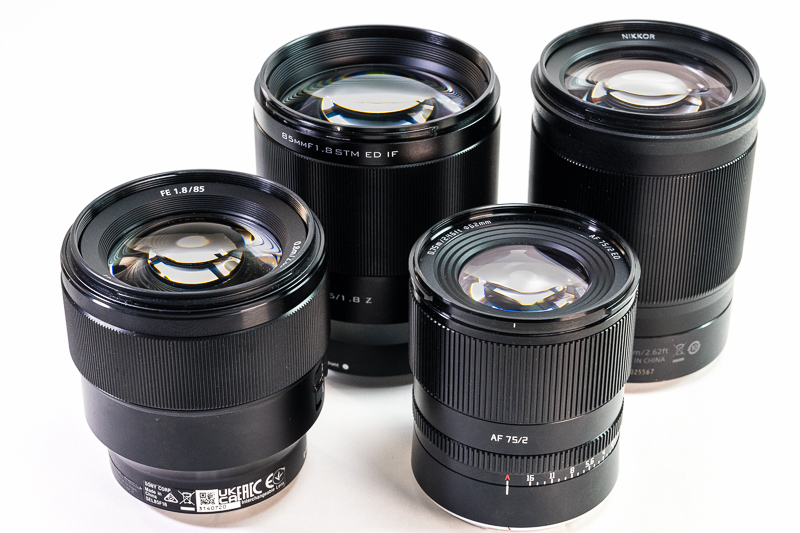
If you’re looking for an affordable short telephoto and portrait lens, an 85mm f/1.8 lens is an excellent choice. But which one should you pick—Nikon, Sony, or perhaps the Viltrox 85mm f/1.8? While all three lenses share the 85mm focal length, we’ll also consider the TTArtisan 75mm f/2, which is close enough to serve as a potential alternative. Let’s compare these lenses side by side to help you decide which one is the best fit for your needs.
![]() I tested the lenses on a 46 Mp Nikon Z7ii (Sample images were taken with a Nikon Zf , Nikon Z6, and Sony A7 III)
I tested the lenses on a 46 Mp Nikon Z7ii (Sample images were taken with a Nikon Zf , Nikon Z6, and Sony A7 III)
 You can see this review as a YouTube video here!
You can see this review as a YouTube video here!
![]() Sample images in high resolution here.
Sample images in high resolution here.
Sample Images
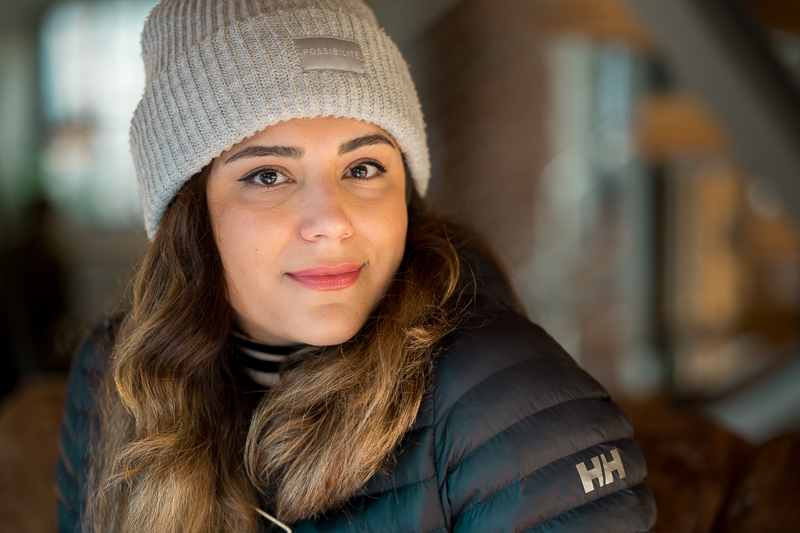
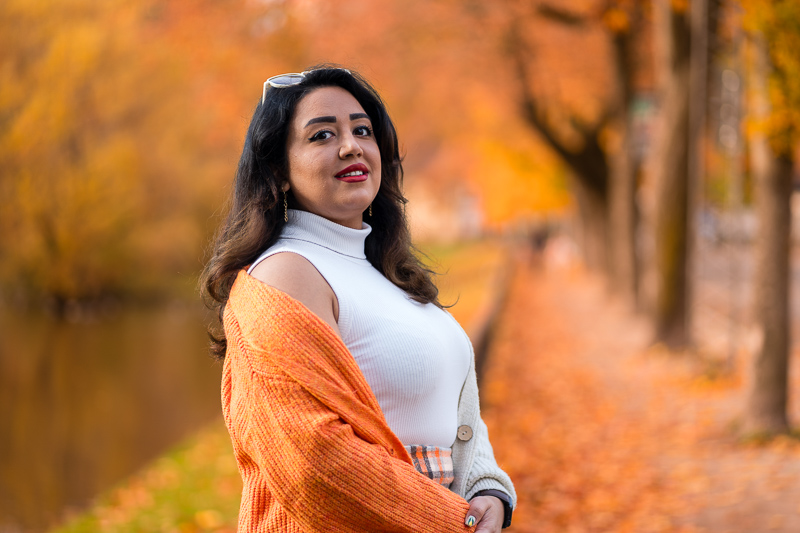
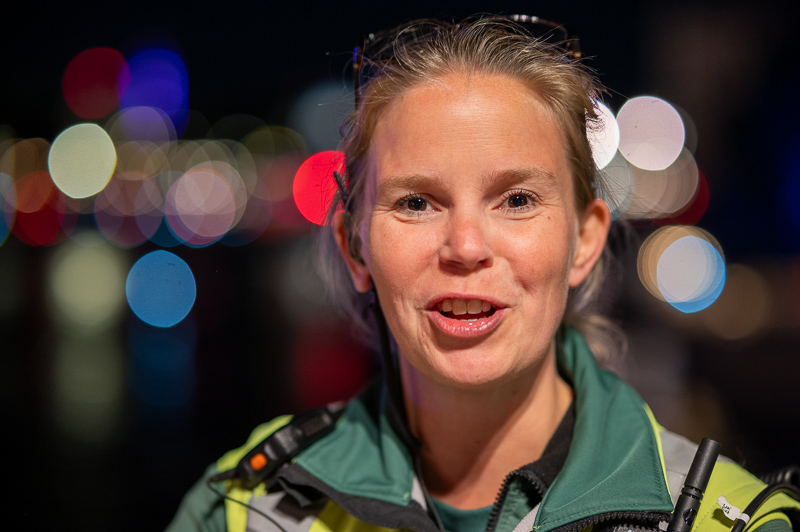

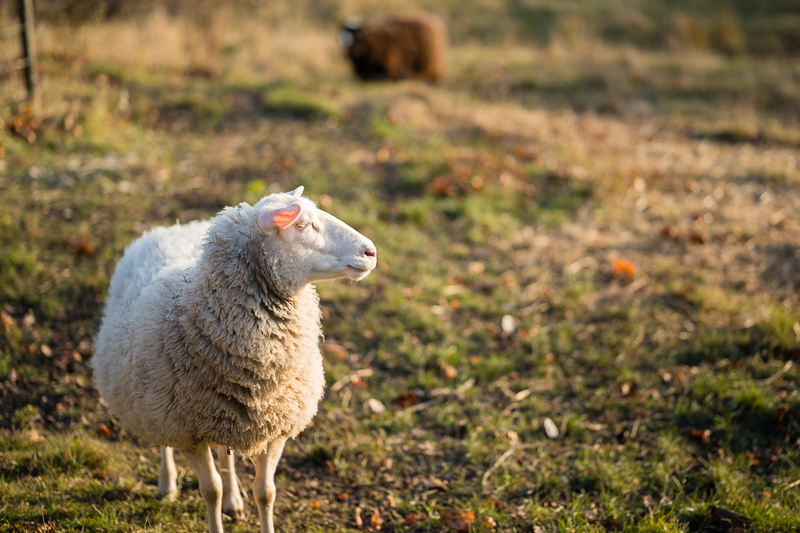

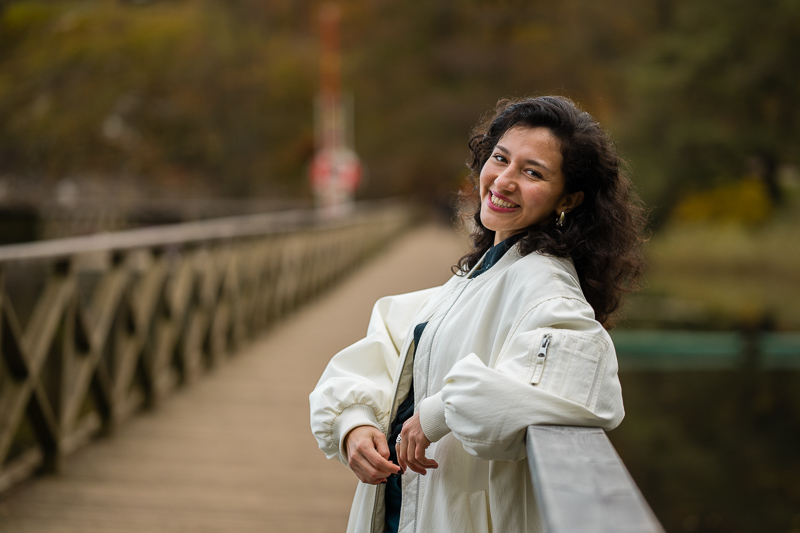
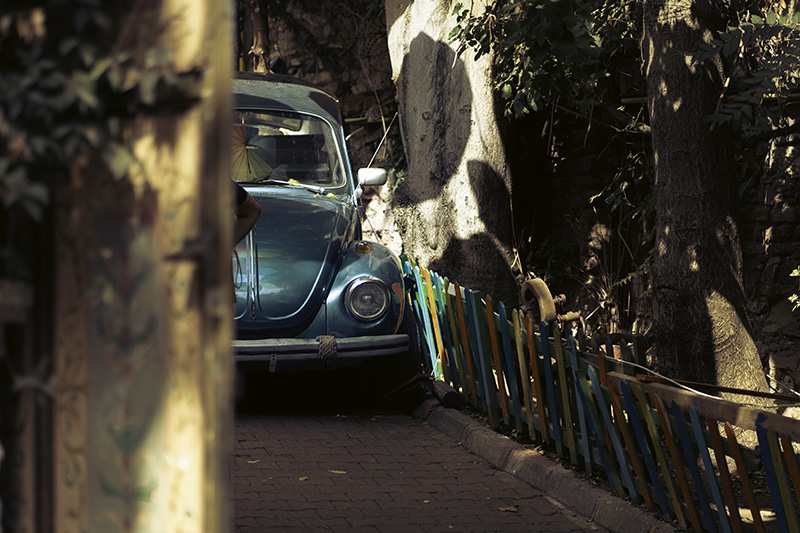


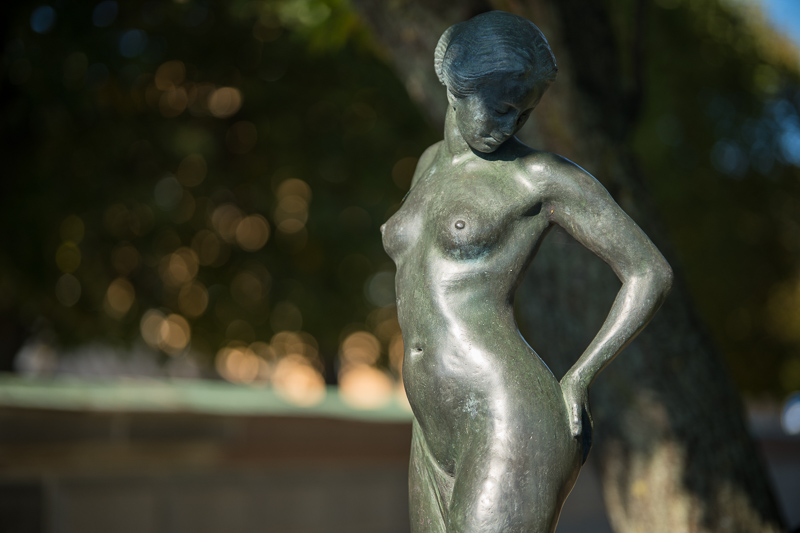

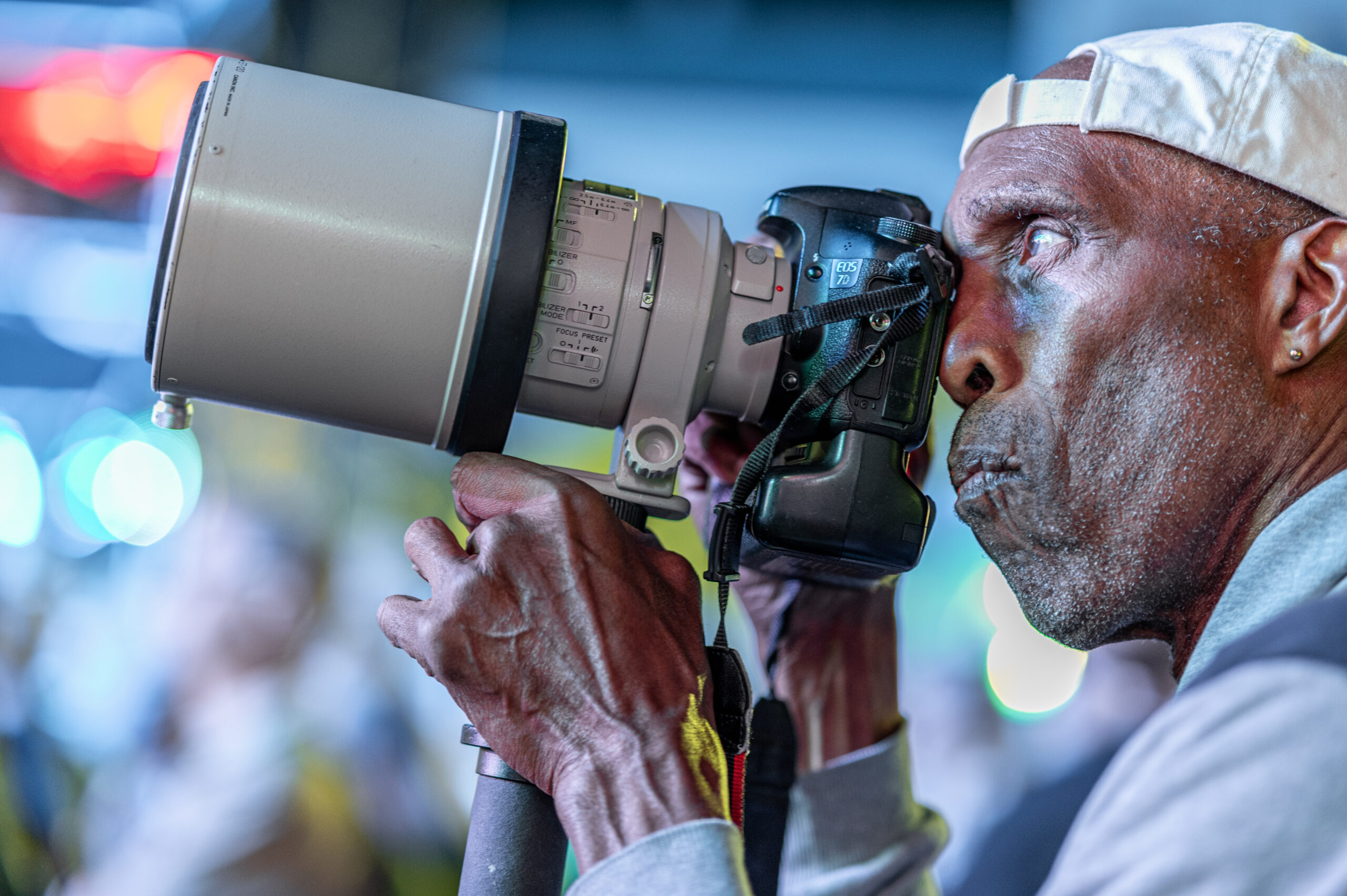
Most of the sample images in this review and many more can be found in higher resolution here.
Specifications
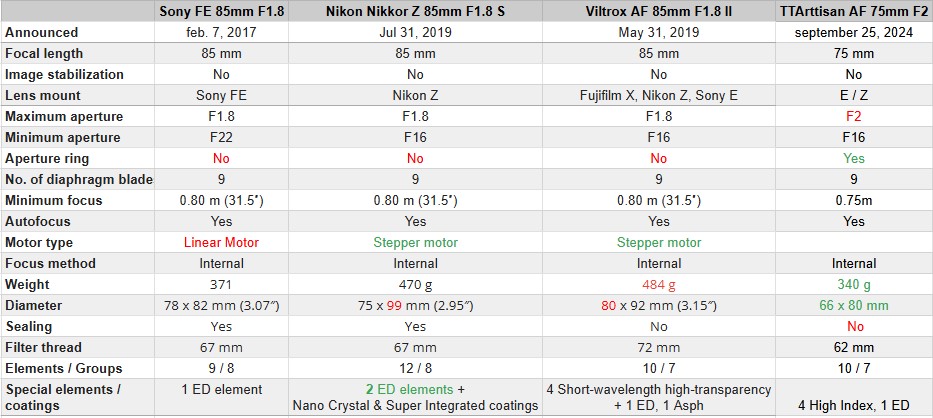
| Buy new (Affiliate links): Nikon Z 85mm f/1.8 S (Amazon) $797 Sony FE 85mm f/1.8 (Amazon) $598 Viltrox 85mm f/1.8 Mark II (Amazon) $399, Viltrox Store $399 TTArtisan AF 75mm f/2 (Amazon) $199, TTArtisan Store $178 |
Disclosure
Viltrox kindly provided the Viltrox 85mm lens for test and review purposes. TTArtisan kindly provided the 75mm lens for test and review purposes. My friend corahool.photography loaned the Sony lens and our reader Wolfgang kindly loaned the Nikon lens. Without their help this comparison wouldn’t be possible. All the Sony Sample images are also taken by corahool.photography, you can see more of his work on Instagram by clicking on the link.
Handling
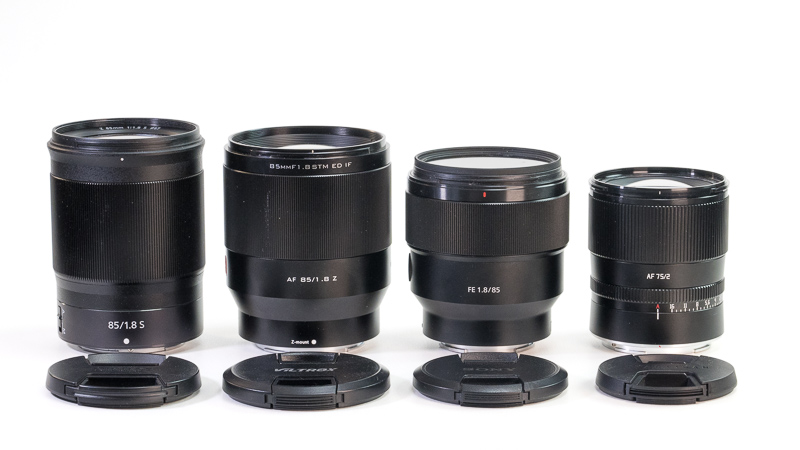
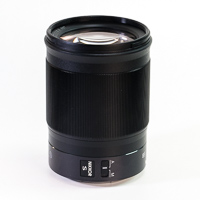 Nikon Nikkor Z 85mm f/1.8 S
Nikon Nikkor Z 85mm f/1.8 S
The Nikkor lens feels very well-built and tightly assembled. The barrel is made of durable plastic. It features an A-M switch for auto and manual focus, along with a large focusing ring that can be customized to control various functions.
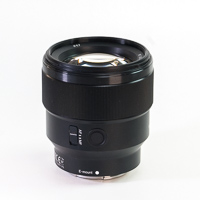 Sony FE 85mm f/1.8
Sony FE 85mm f/1.8
The Sony lens is also well-built but doesn’t feel as robust as the Nikkor, giving a slightly more plasticky impression. It includes a control button, a relatively small focusing ring, and an MF-AF switch for manual and auto focus. This was the only lens that didn’t have Nikon Z mount. To use it on the Nikon Z cameras, I used a Megadap ETZ21 Pro Sony E to Nikon Z Autofocus adapter.
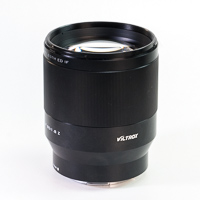 Viltrox 85mm f/1.8 II
Viltrox 85mm f/1.8 II
The Viltrox is the largest lens in this group, both in diameter and weight. Its metal construction gives it a solid, well-built feel. However, it does not include any additional control points beyond its large focusing ring.
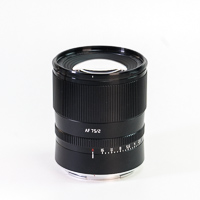 TTArtisan AF 75mm f/2
TTArtisan AF 75mm f/2
The TTArtisan is the smallest and lightest lens of the four, though it feels dense for its size due to its all-metal construction. Uniquely, it features an aperture ring that allows manual aperture adjustments in 1/3-stop increments, with an ‘A’ position for automatic aperture control from the camera. The increments and the A position clicks very gently, a little too gently, as you can change the setting or push it from the A position unintentionally with the slightest touch of the ring.
All the lenses feature a metal mount plate with electronic contacts. The Viltrox lens includes a USB-C port on the mounting plate for future firmware updates, while the TTArtisan lens has a USB-C port on the rear lens cap, which doubles as a firmware update dock. Firmware updates for Nikon and Sony lenses can be performed directly through the camera.
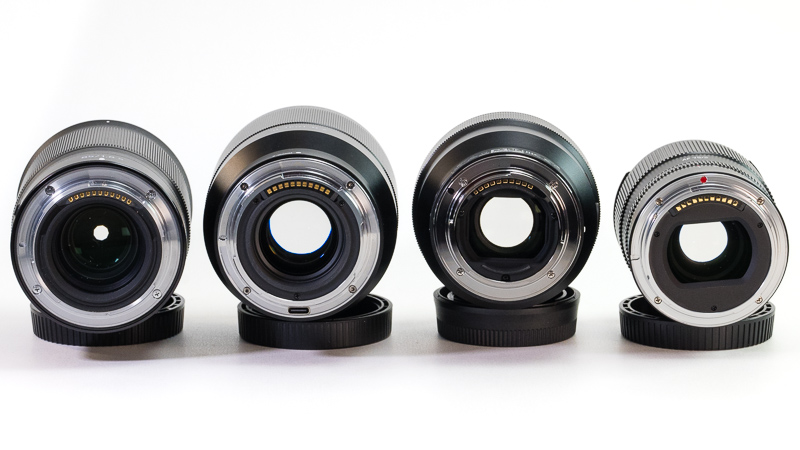
All four lenses come with front and rear caps, as well as a lens hood. The Nikon lens has the most robust and generously sized hood, while the TTArtisan’s hood is the most basic and flimsy.
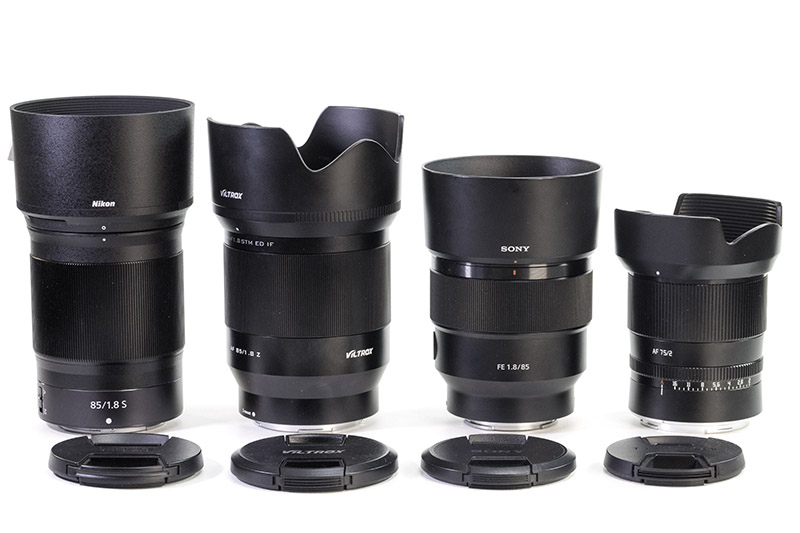
None of the lenses include image stabilization. All four lenses are autofocus, utilizing stepper motors, except for the Sony lens, which features a linear motor. In a test of 26–28 images taken alternately from 1 meter to infinity using autofocus, all the lenses performed accurately, except for the Sony lens, which missed focus twice—approximately 7% of the time. The autofocus speed was similar across the lenses, although the Nikon focused slightly faster than the others. I found the Sony somewhat disappointing, as its linear motor did not provide any noticeable advantage in AF speed compared to the rest.
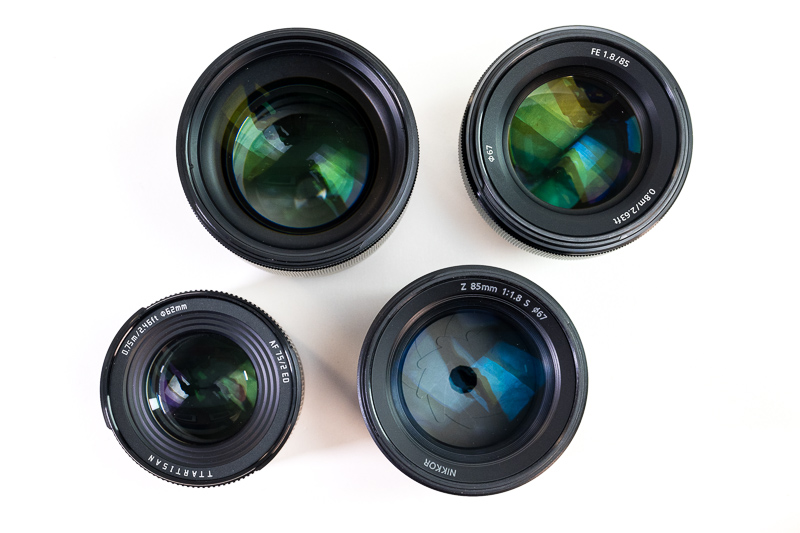
Optical Features
| Sony FE 85/1.8 | TTArtisan 75/2 |
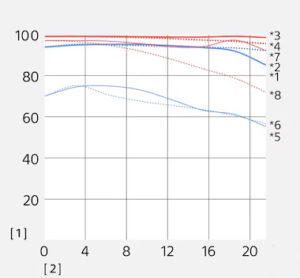 |
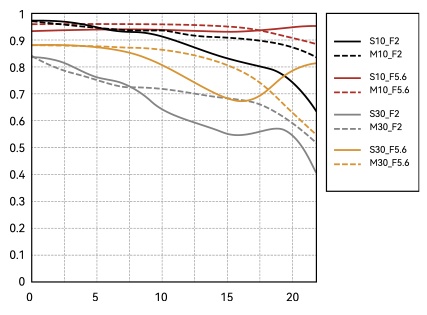 |
| Nikkor Z 85/1.8 | Viltrox 85/1.8 II |
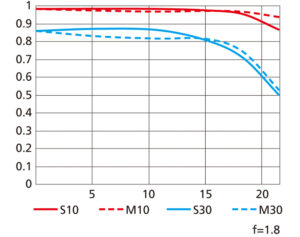 |
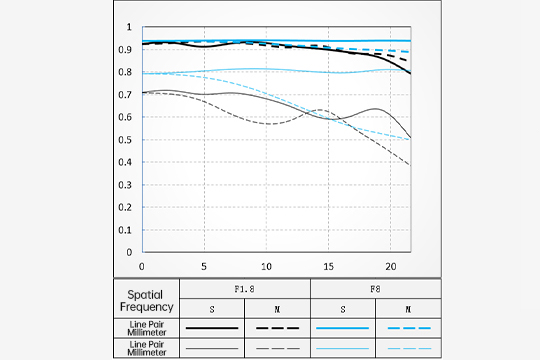 |
Sharpness (Infinity)
For the infinity sharpness test, we look at three areas of the image, centre, mid-frame, and corner, see highlighted areas in the image below! Furthermore, as the 75mm is wider than the other three lenses and I took all the images from the same spot, the midframe and corner crop of it does not match the other ones.
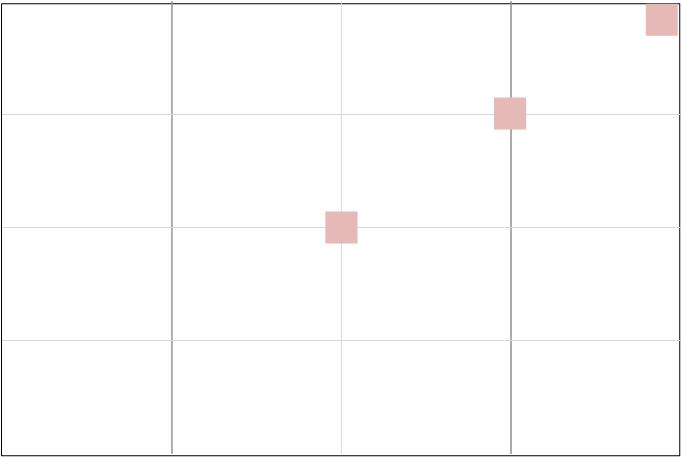
Nikon Z 85mm f/1.8 is one the sharpest 85mm f/1.8 lenses around and we can see it here too. Sony is clearly not as sharp and Viltrox is the least sharp. What is a great surprise is that TTArtisan is almost as sharp as (if not sharper than) the Nikkor in the centre and midframe. In the corner the Nikkor is definitely sharper, much sharper than the TTArtisan, Sony is on the third place and Viltrox comes last. This is more or less the pattern at all apertures.
Sharpness (Portrait)
Just a note to remember that all these lenses are pretty sharp, sharper than what you normally need to get very sharp images. This is a comparison though to see how their sharpness compare to each other.
Let’s look at the points of interest for portraits at the portrait distance: the very centre, the centre’s inner periphery (1/3 rule intersection), and the centre’s outer periphery (1/4th intersection).
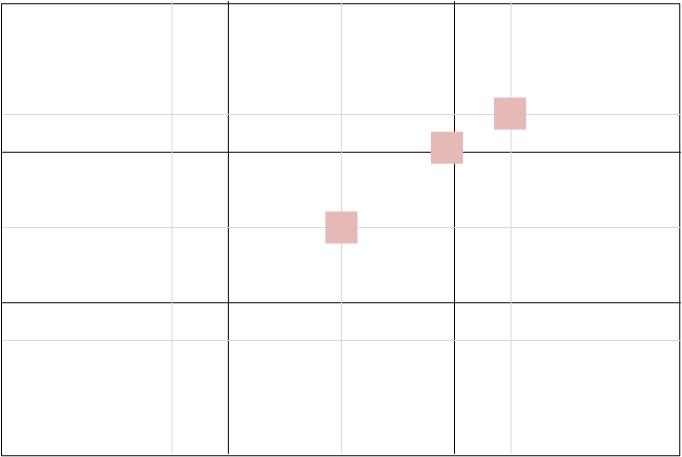
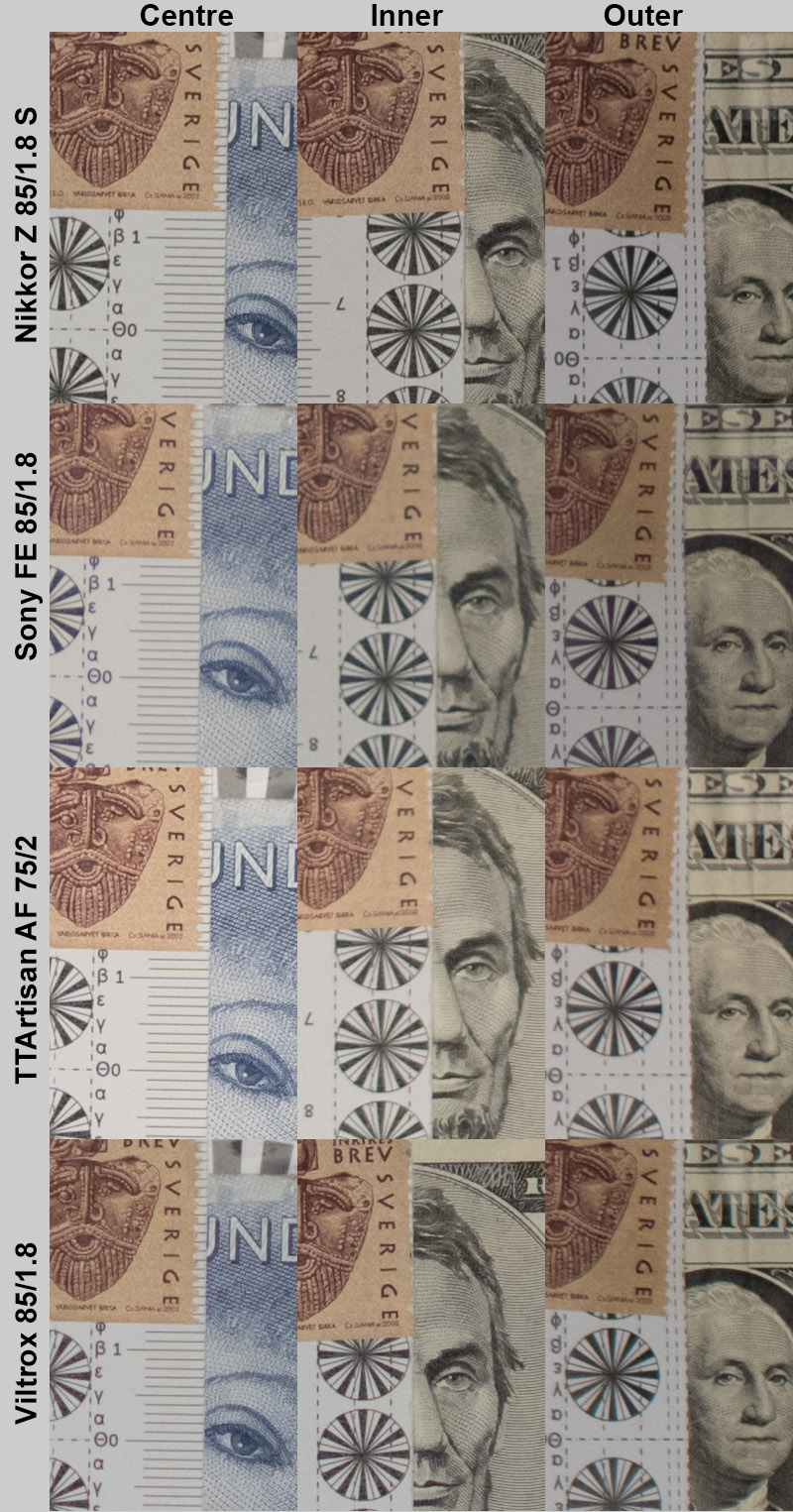
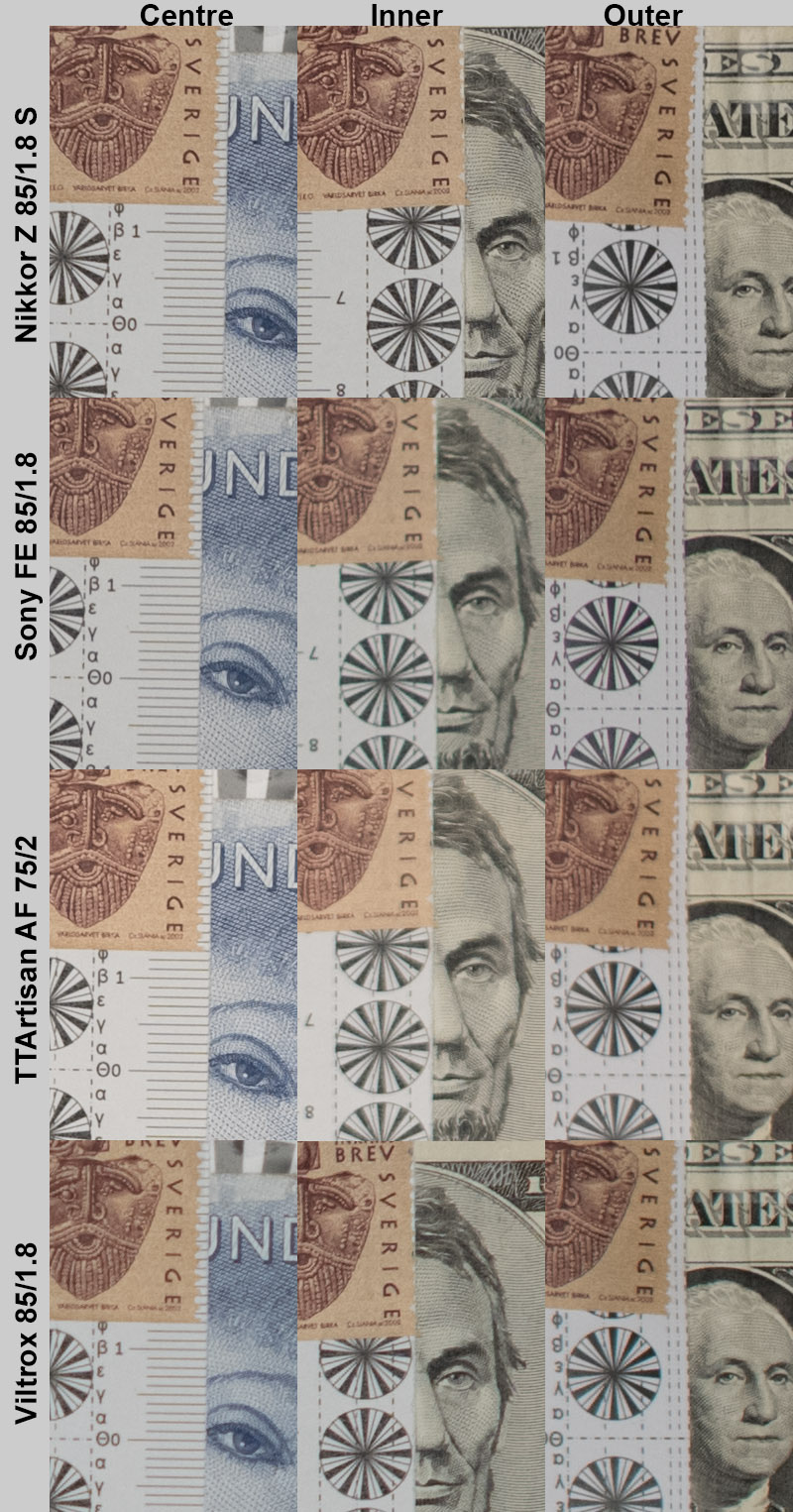

Here, at wide open, Nikkor Z is clearly the winner, followed by Viltrox and TTArtisan, Sony comes last. Stopping down helps Sony to get sharper outside the centre, sharper than TTArtisan but the Nikon is the sharpest everywhere at all tested apertures followed by Viltrox.
Sharpness (Close-up)
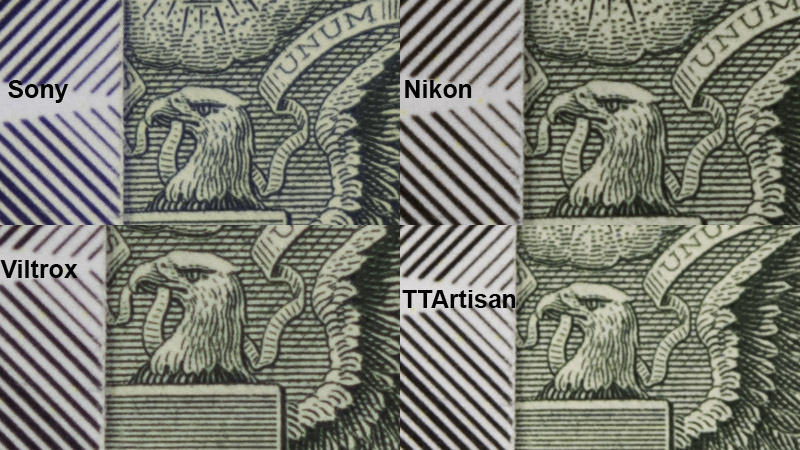
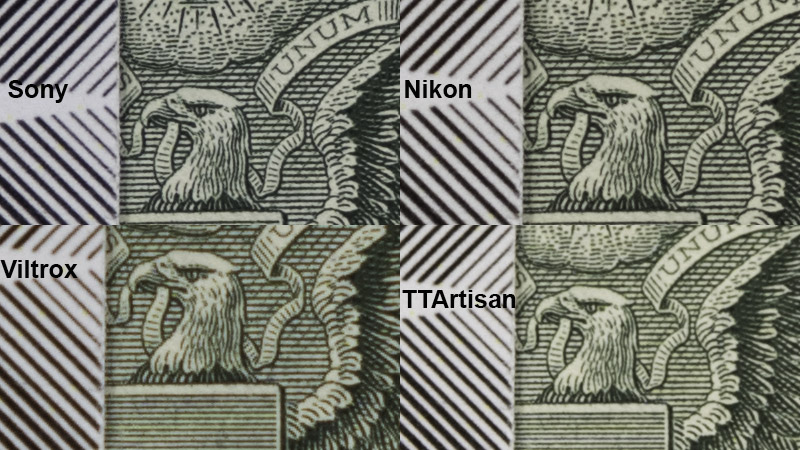
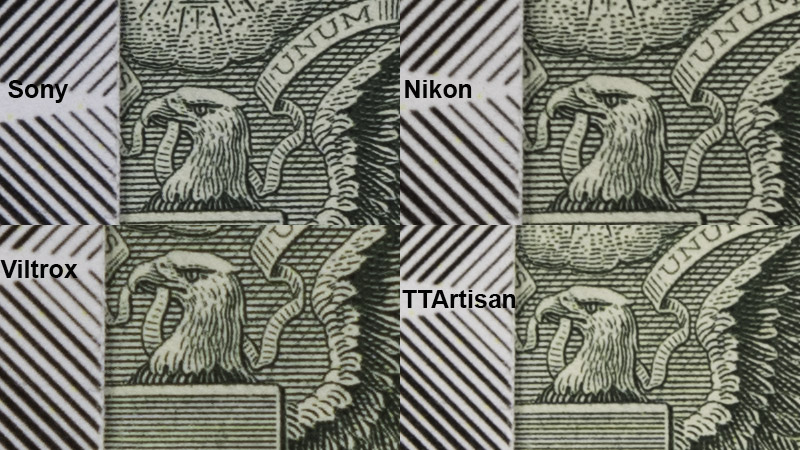
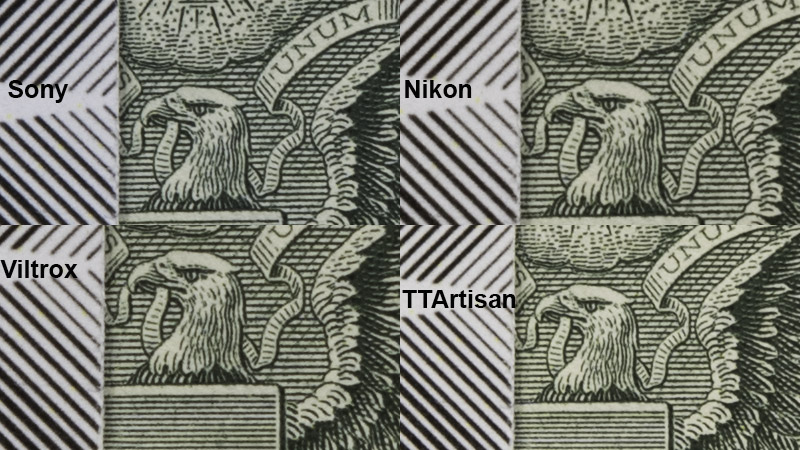

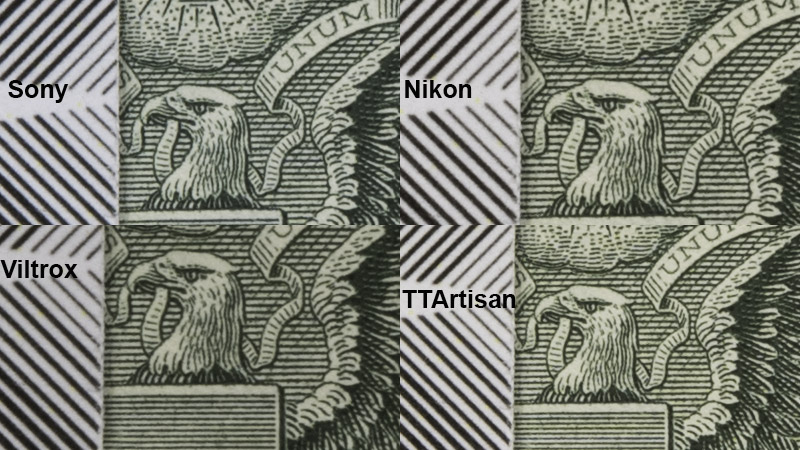
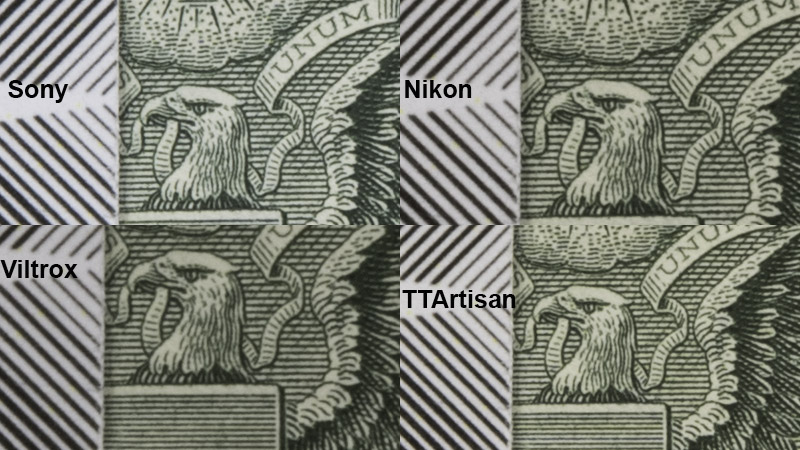
Again, all the lenses are very sharp right from wide open. Nikon is the sharpest but at close distances Sony is very close and better than the others, TTArtisan is least sharp of the all.
Lens Distortion
The Nikkor lens exhibits virtually no distortion, or none at all. The Sony lens is also exceptionally well-corrected, showing practically no distortion. The Viltrox lens displays some pincushion distortion, while the TTArtisan lens shows a negligible amount.
In terms of ranking: Nikon and Sony share first place, TTArtisan takes second, and Viltrox comes in third.
Vignetting

Here the Nikon, Viltrox, and Sony are at more or less the same level with the Nikon just a touch better, but that is not so much that you would normally see in practice, TTArtisan on the other hand is visibly worse than the others.
Focus Shift & Aberrations
Nikon and the TTArtisan has the least longitudinal aberrations and Sony has the worst and most pronounced one.
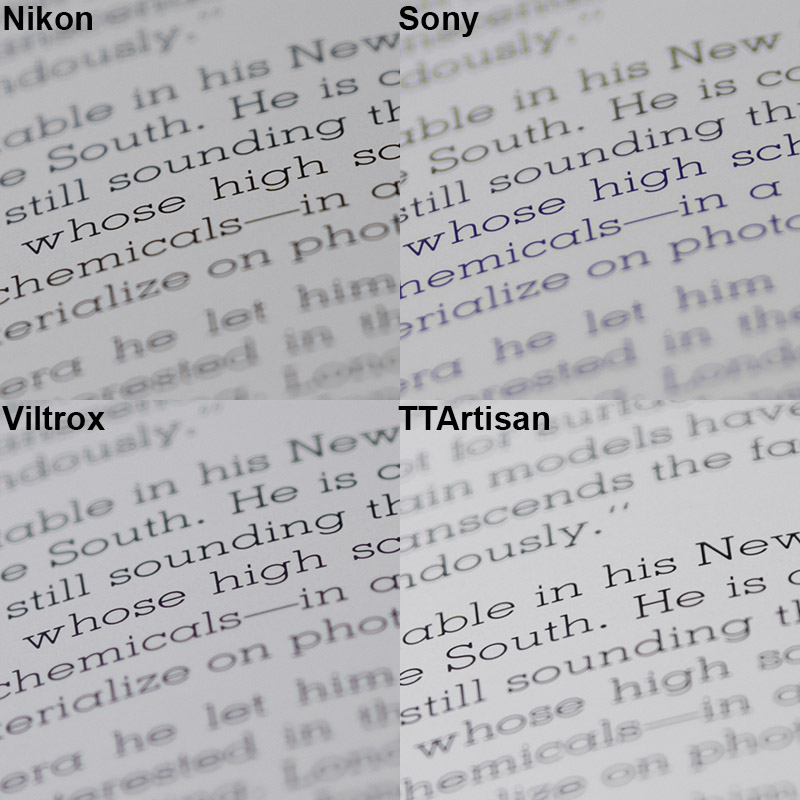
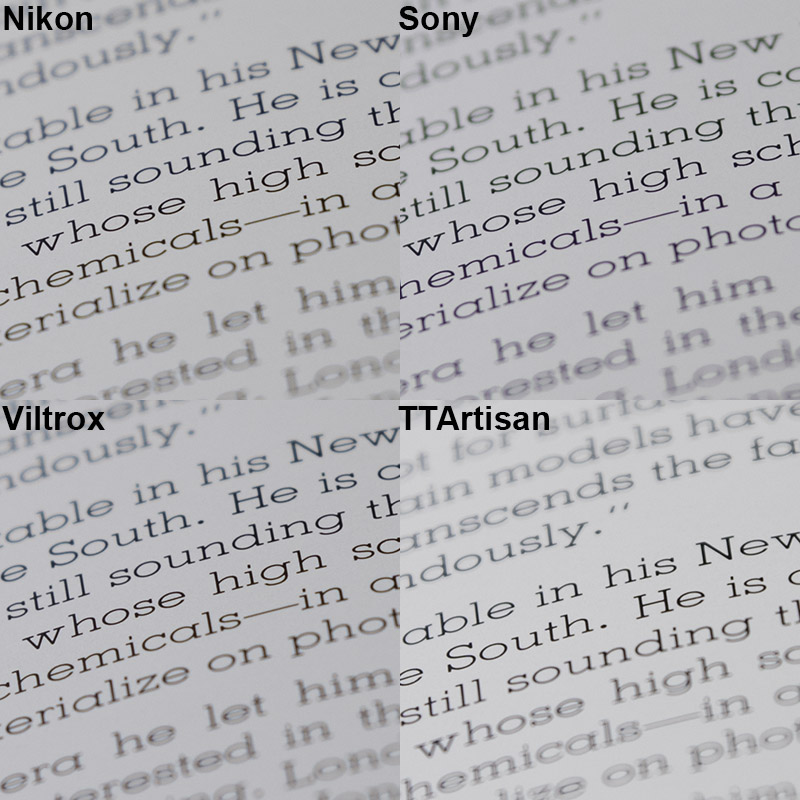
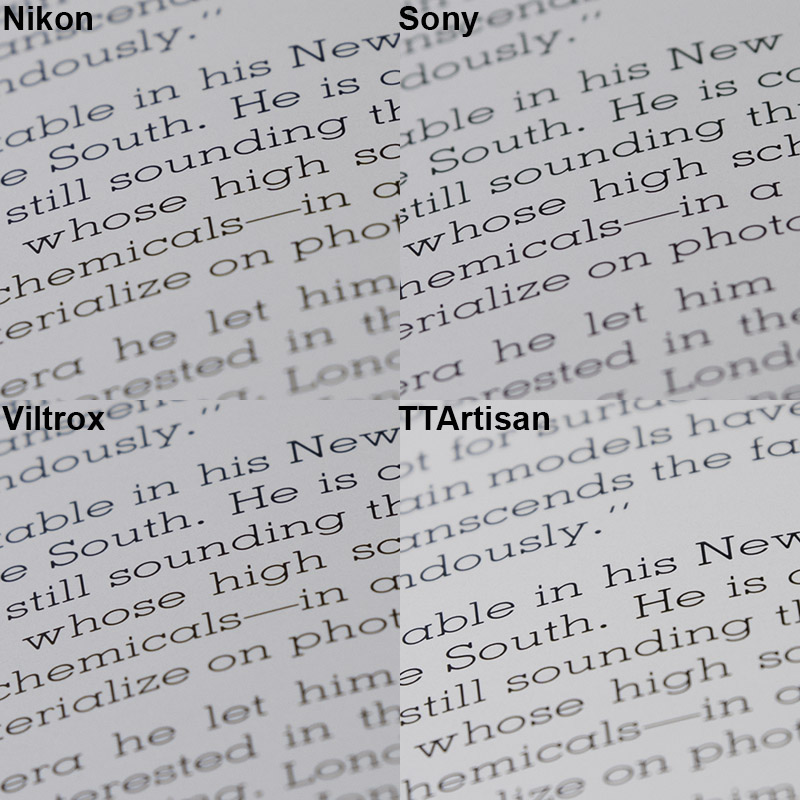
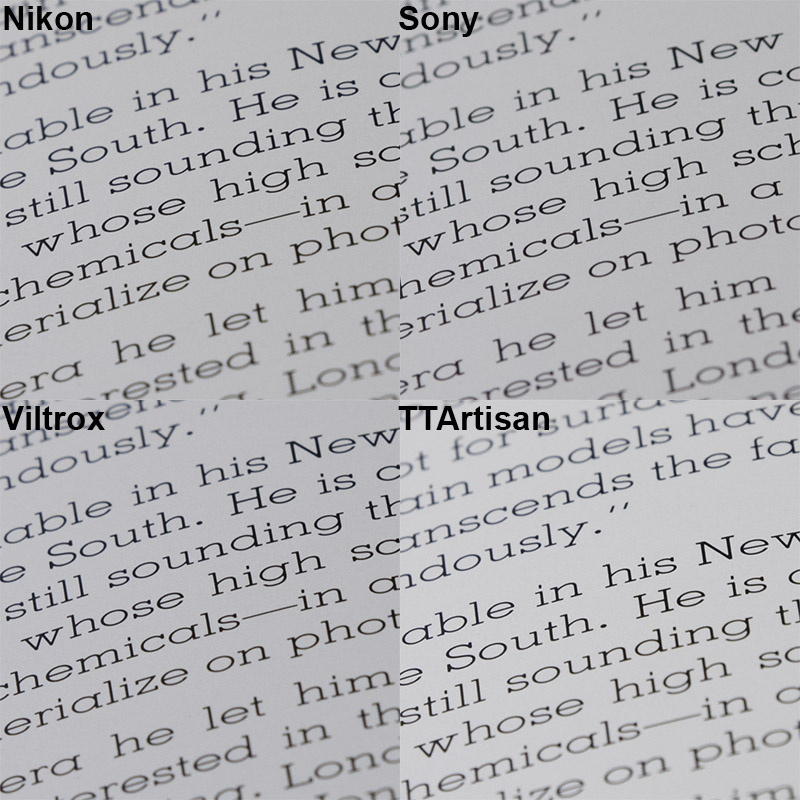
While Sony, Viltrox, and TTArtisan have all only 1 ED glass, the Nikon has used two of them in the lens construction and it shows its effect here as the Nikon is almost free from longitudinal chromatic aberration and best of these four lenses in this category. It is tightly followed by TTArtisan. Sony shows the worst performance here.
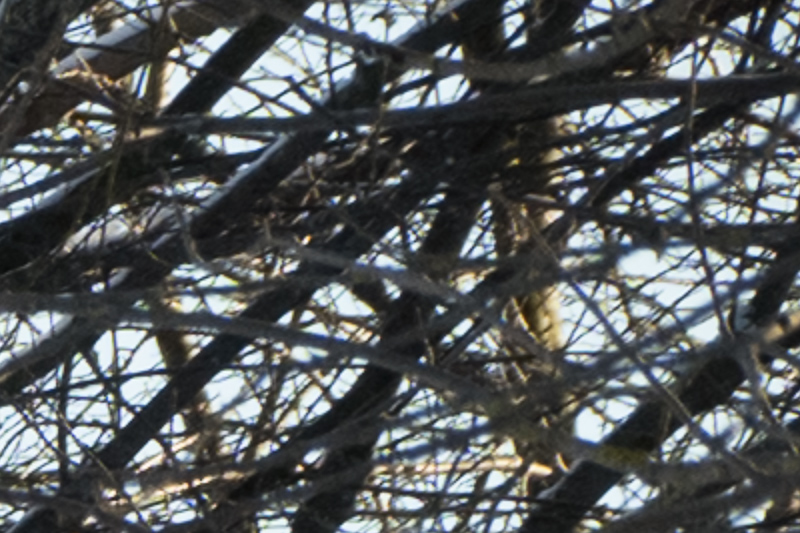
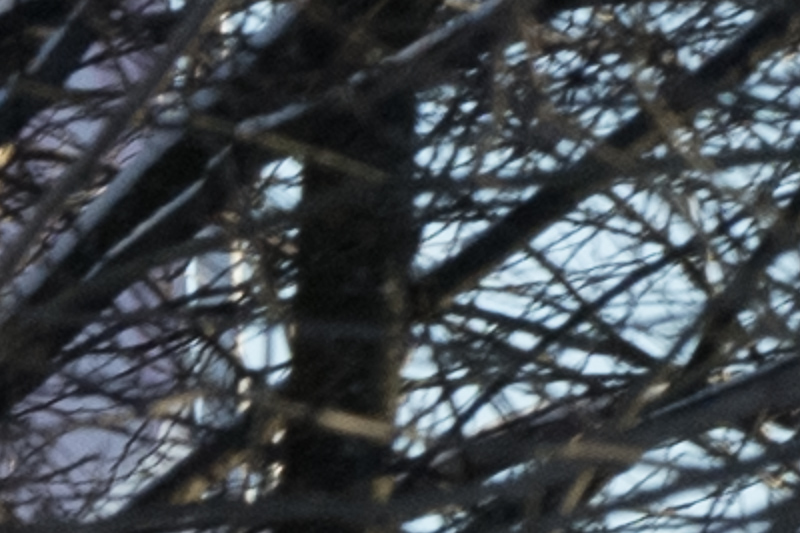
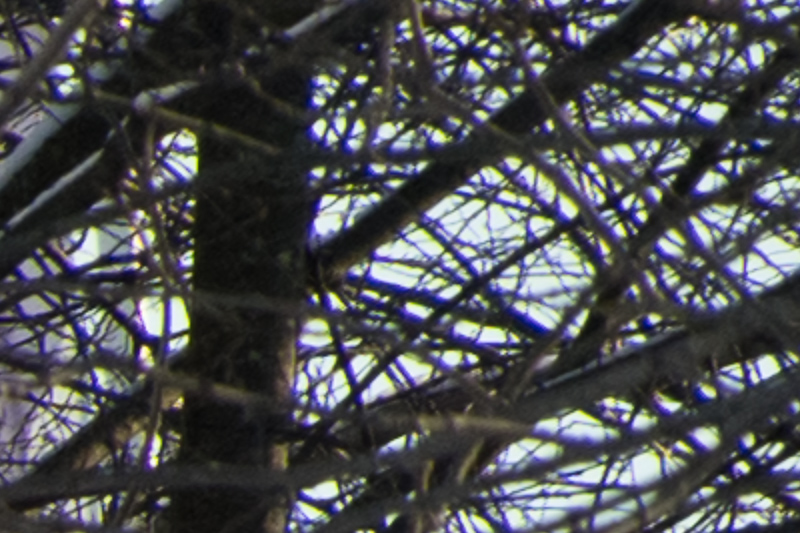
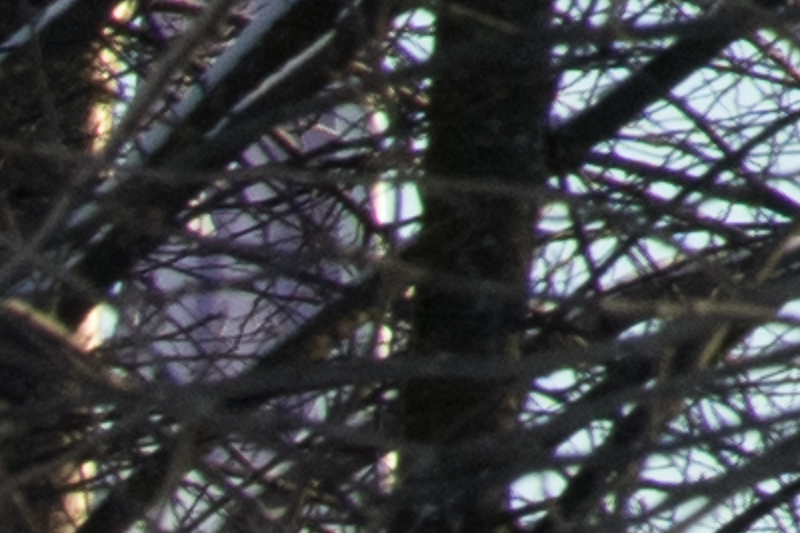
Here the Nikkor and TTArtisan show almost no LaCA at 200% magnification, while both Sony and Viltrox show quite pronounced purple fringing in the corners of the image.
Flare Resistance
Let’s have a look at some different scenarios (or cases) and compare the lenses side-by-side in similar situations.
Case One: Open Aperture with the Sun in the Corner plus Elsewhere in the Frame
This is the scenario most likely to occur when using any of these lenses.
With the lenses set to their widest apertures, the Nikon emerged as the best performer, closely followed by the Sony.
Case Two: Sun Near the Rule of Thirds Intersection
In this scenario, the Nikon clearly performed the best, with a notable advantage over the other lenses.
Case Three: Sun at the Long Edge of the Frame
None of the lenses managed to handle the situation flawlessly. However, the Nikon came out on top, while the Sony performed the worst.
Case Four: Sun in the Corner of the Frame
The Nikon handled this test without any notable issues—it’s actually difficult to find any faults. The other lenses, however, struggled significantly, with each showing noticeable flaws. The gap between them and the Nikon was substantial.
Case Five: Sun in the Middle of the Frame
This is the least likely scenario when using these lenses.
None of the lenses handled this situation particularly well, though the Nikon performed slightly better than the others. Let’s call it a draw in this scenarios.
To sum up, Nikon demonstrated the best flare resistance of all the lenses tested, earning its place as the winner in this category.
Coma
All four lenses exhibit coma at their widest apertures. Among them, the Nikon lens shows the least coma when wide open, while the TTArtisan lens demonstrates the most pronounced coma. Nikon’s coma diminishes more rapidly as the aperture is stopped down, followed by Sony and Viltrox, with TTArtisan being the slowest to improve. Overall, Nikon takes the lead in this category.
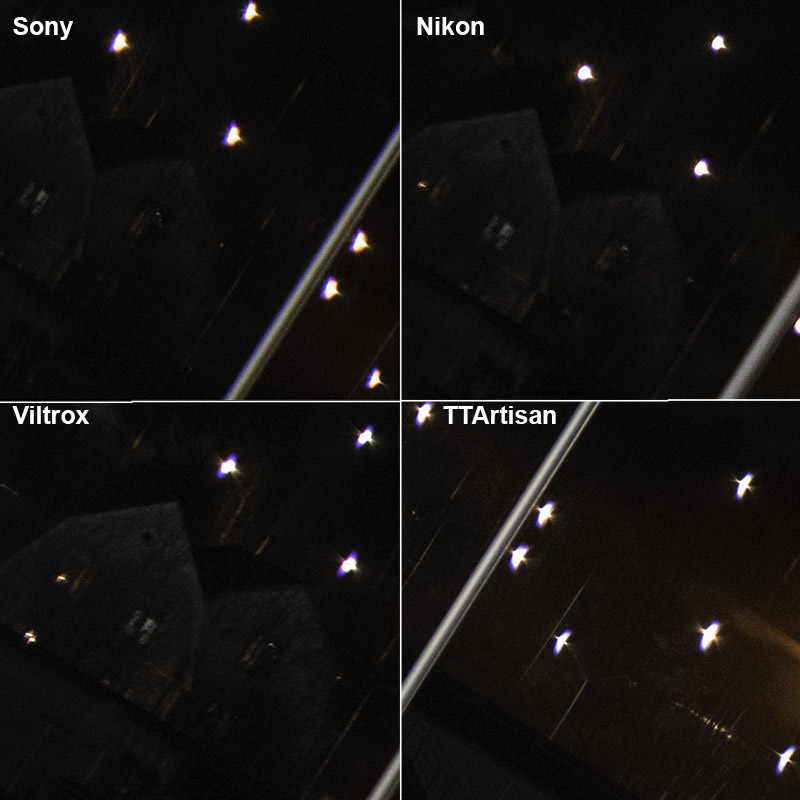
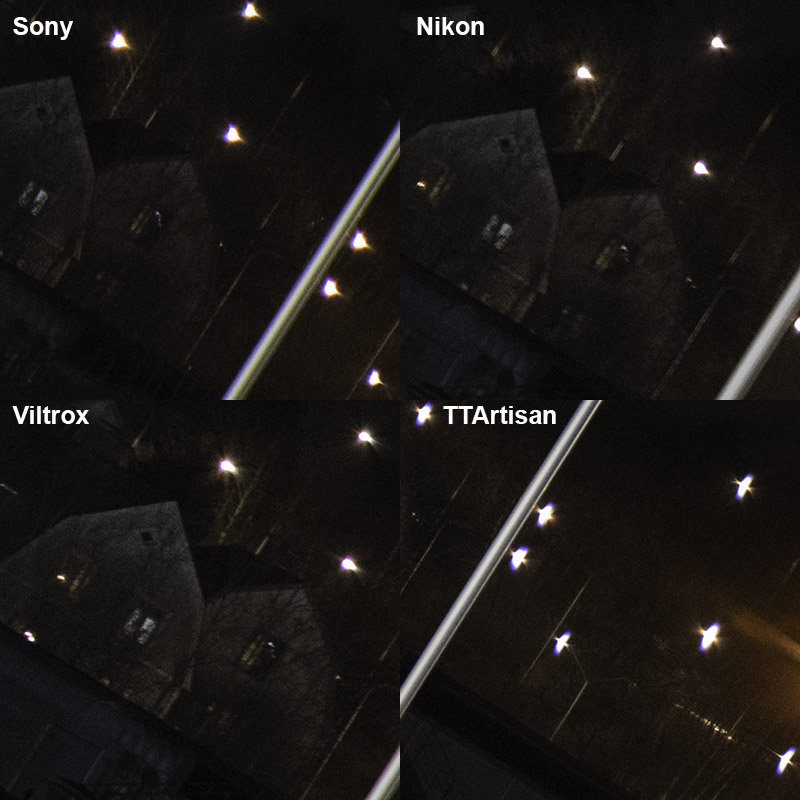
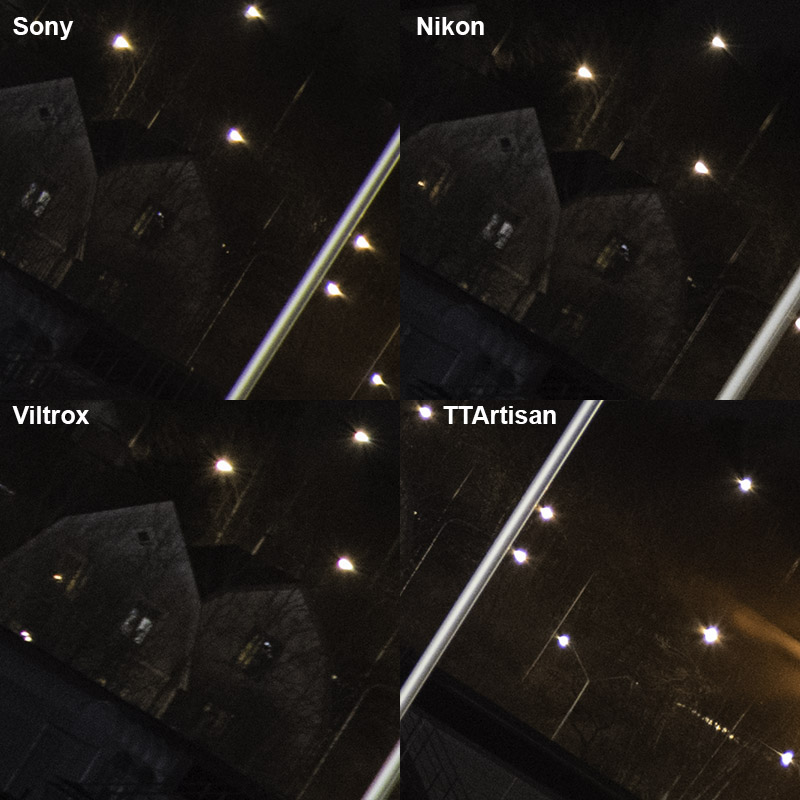
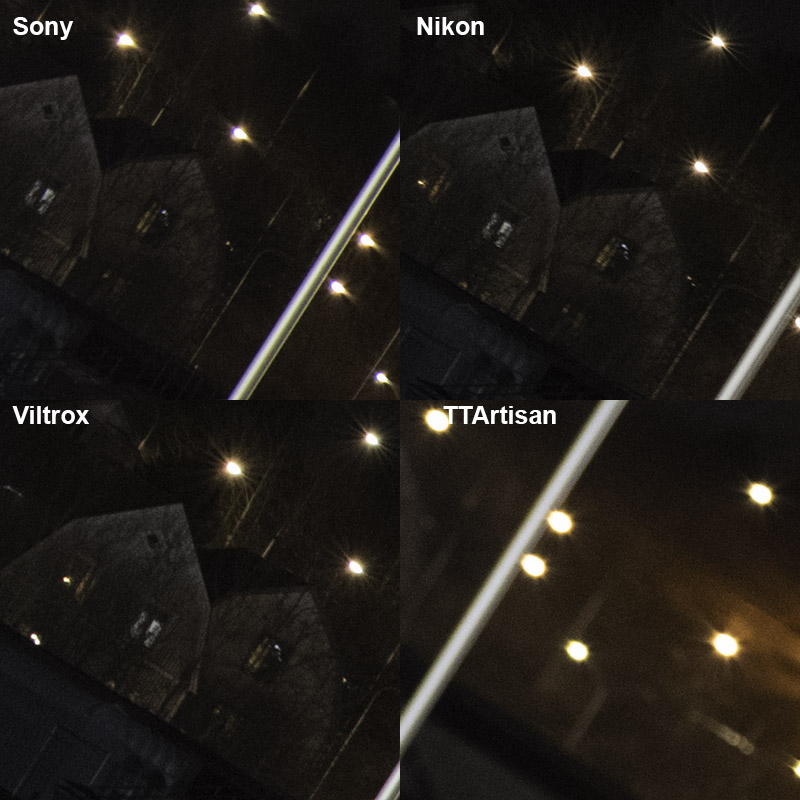
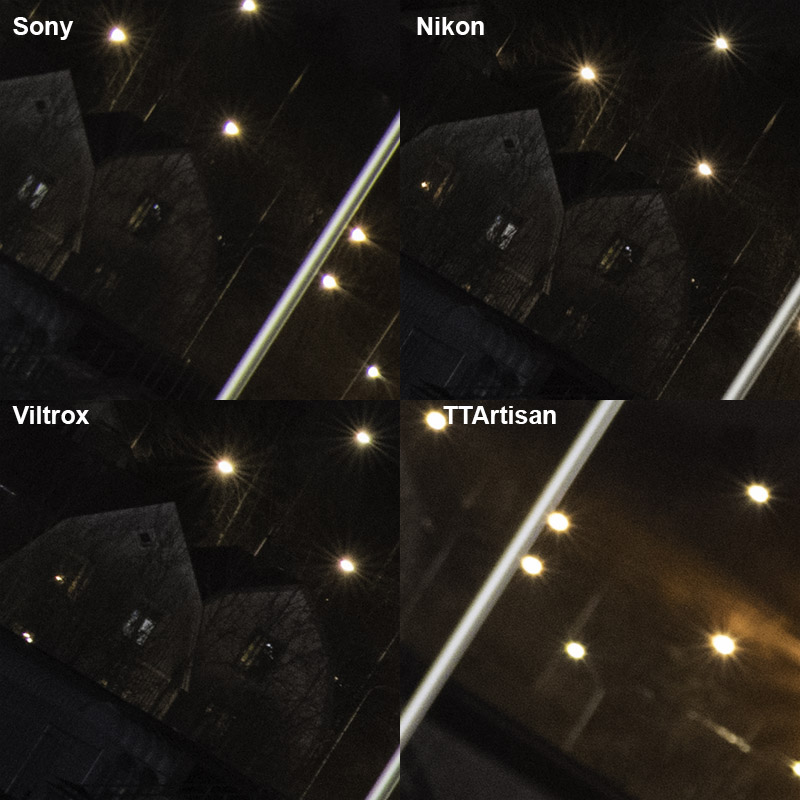
Sunstars
Portrait lenses with an odd number of curved aperture blades are not typically known for producing well-defined sunstars. However, all four lenses can create somewhat distinct sunstars at f/16, though none stand out as top performers in this category. Among the group, the Nikon lens produces the most distinct sunstars, and it does so starting from a wider aperture. The other lenses perform similarly in this regard.
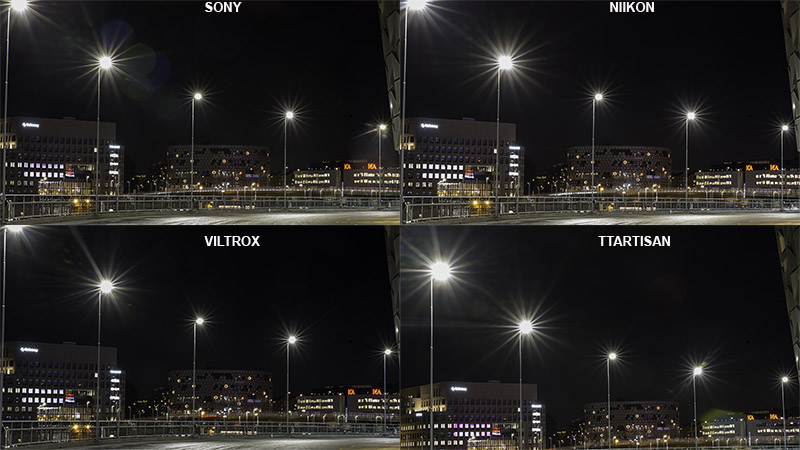
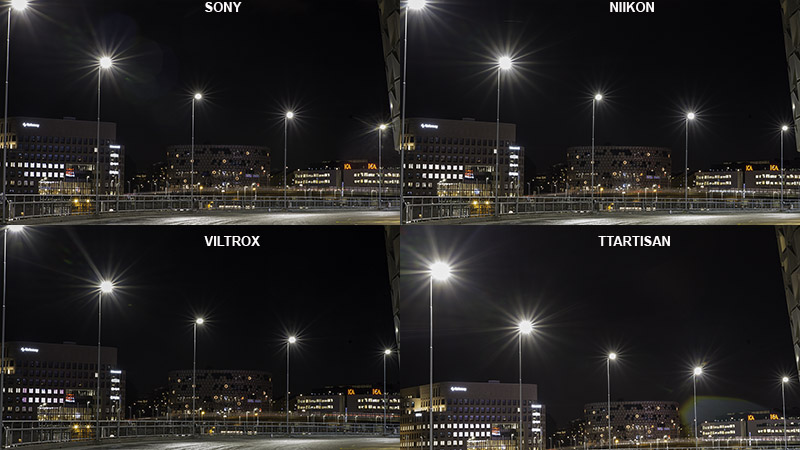
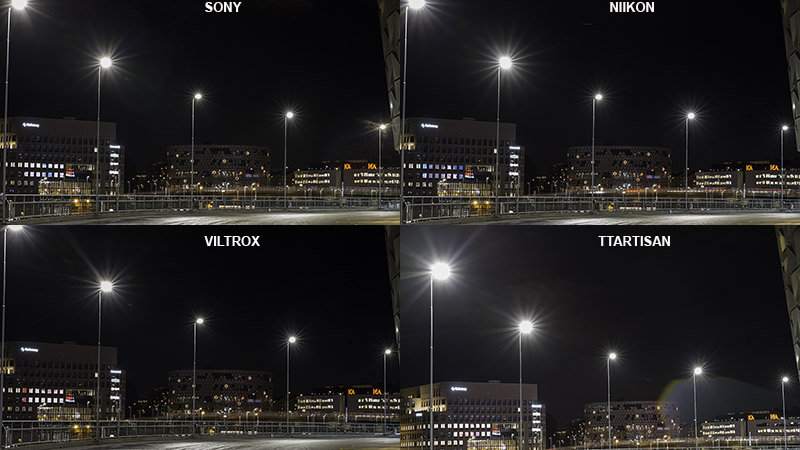
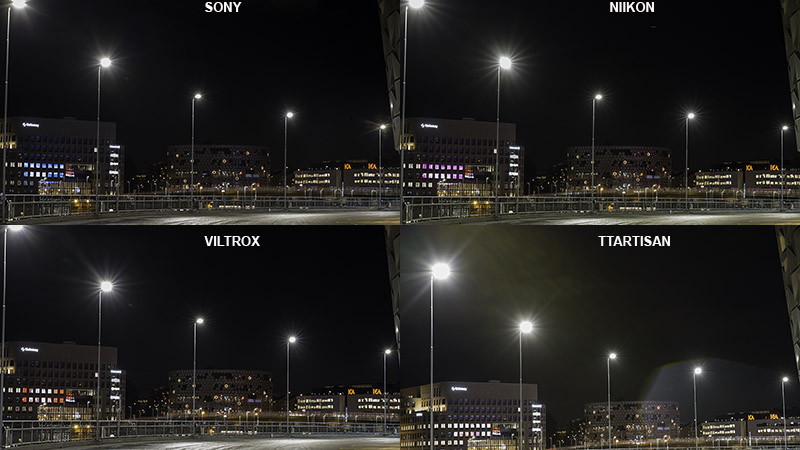
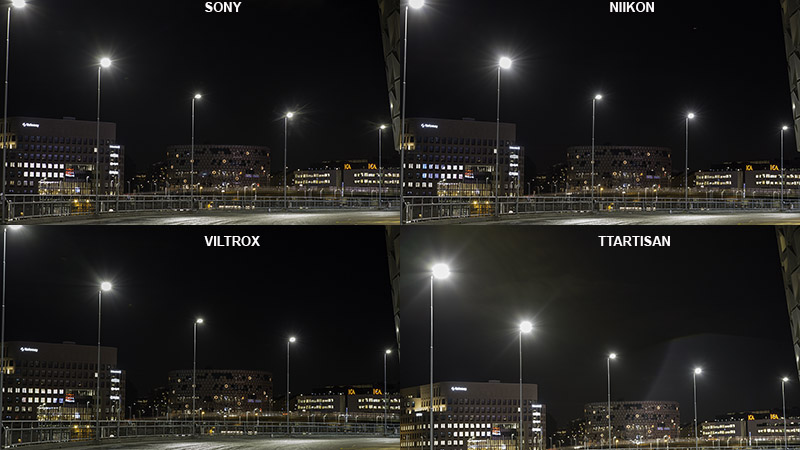
Focus Breathing
All four lenses exhibit focus breathing to some extent. Among them, the TTartisan lens has the least focus breathing, followed by the Nikon. The Sony and Viltrox lenses perform similarly, showing the most focus breathing in this comparison. However, in practice, the differences are minimal and unlikely to be noticeable during typical use.
Bokeh
Bokeh is one of the most important aspects of portrait lenses, alongside sharpness. Modern lenses generally deliver excellent sharpness, and while some may be slightly sharper than others, sharpness is rarely a concern. So, let’s focus on bokeh!
Since bokeh is subjective, I’ve showcased it in various scenarios so you can decide for yourself. I will say which ones I like at the end.
Bokeh Specular Highlights
Looking at the bokeh balls, none of them shows any onion rings, which is good. What is different to Viltrox’s advantage is that it produces the largest bokeh balls with the least amount of optical vignetting, giving it a clear advantage over the others. At the other side of the spectrum, the TTArtisan produces the smallest balls with the most optical vignetting.
Now let’s look at the background blur at different distances both indoors and outdoors:
Background Blur Close Distance
Medium Distance
Long Distance
All of these lenses produce smooth background blur, and you won’t be disappointed no matter which one you choose. Personally, I prefer the bokeh of these lenses in the following order: Viltrox, Nikon, and TTArtisan/Sony. Which one is your favorite?
Conclusion
Once again, I’d like to remind you that this is only a comparison; each of these lenses has its strengths, and the best choice depends on what matters most to you.
The best overall lens is the Nikkor Z. It offers the highest build quality and superior optical performance, making it the sharpest lens with the best distortion and aberration correction, as well as excellent flare resistance. However, it is also the most expensive lens in this comparison.
The Viltrox, while not as sharp as the others, is still more than adequate for portraits and general photography. To my taste, it has the most pleasing bokeh. However, it does show some optical weaknesses compared to the others.
The Sony lens performs well across all tested categories, with no significant flaws. However, as the oldest lens in the group, it shows its age in some areas. While it holds up as a solid performer, it doesn’t excel in any particular category.
The TTArtisan is the smallest lens of the group, with the lowest price, but don’t let the small size or price fool you. It is offering an impressive sharpness across most of the frame and rivalling the Nikkor in those areas, and some other test categories, though it falls short in corner performance. It is also the only lens with an aperture ring—a feature that may appeal to those who enjoy retro-style handling and manual aperture control. At 10mm shorter than the others, its compact size is noteworthy. Given its affordable price, the TTArtisan offers the best value—you could purchase this super nice lens and another one for the same cost as the Nikkor or Sony.
To summarise: If you prioritise the best overall optical performance and build quality, and budget is not a concern, the Nikkor is the ideal choice. If you prefer the smallest, lightest, and most compact lens with excellent performance and outstanding value for money, the TTArtisan is hard to beat, it is the cheapest lens in this group, but in many areas better than the Viltrox and Sony. For the smoothest bokeh in an affordable lens, the Viltrox is the best option. Lastly, if you are a Sony user and prefer a lens from the brand, the Sony lens remains a reliable choice.
Writing articles like this one is both time-consuming and costs us a lot of money. If you found this article helpful and decided to buy one of these lenses, please consider using one of the affiliate links.
If you are not interested in buying any of the lenses, but you still found this article useful, interesting, or it saved you a lot of money, treat us to a coffee (donate)!
| Buy new (Affiliate links): Nikon Z 85mm f/1.8 S (Amazon) $797 Sony FE 85mm f/1.8 (Amazon) $598 Viltrox 85mm f/1.8 Mark II (Amazon) $399, Viltrox Store $399 TTArtisan AF 75mm f/2 (Amazon) $199, TTArtisan Store $178 |
Alternatives
Meike 85mm f/1.8
Not tested. Don’t know much about it, except that it is very cheap
Buy new: Amazon (Anywhere) for $189 (Affiliate links)
Nikon AF-S 85mm f/1.8G
Not as sharp as the Nikon Z lens tested here, especially at wider apertures and in the corners. Bokeh is more or less on par with the Z version.
Buy new: Amazon (Anywhere) for $476 (Affiliate links)
More Sample Images
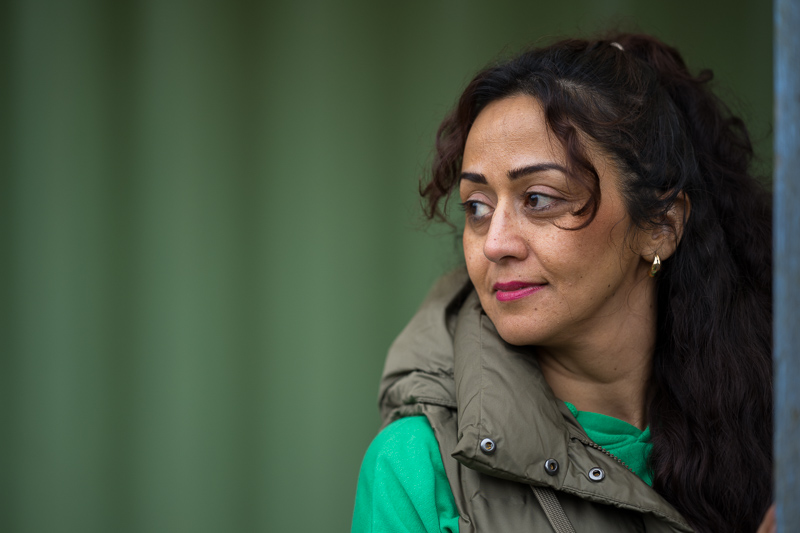
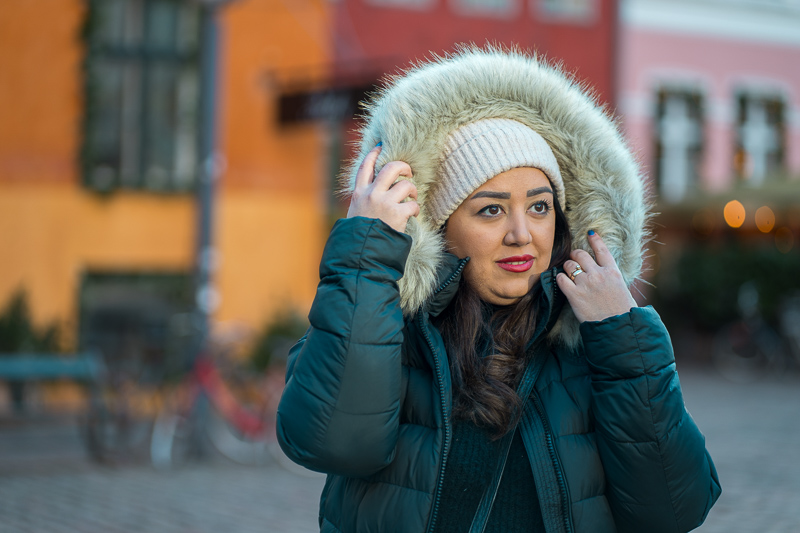
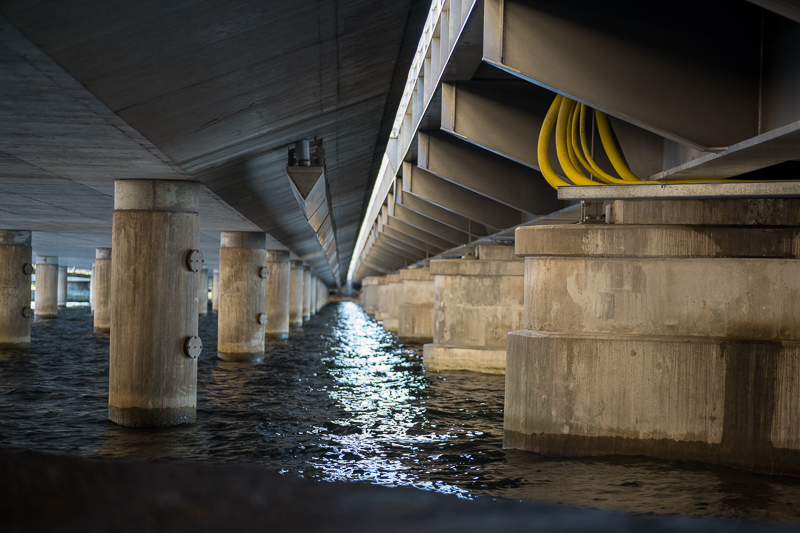




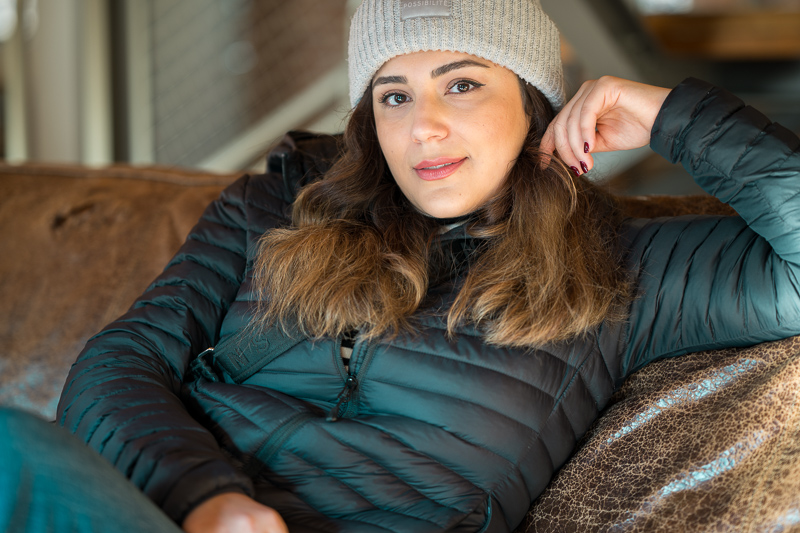
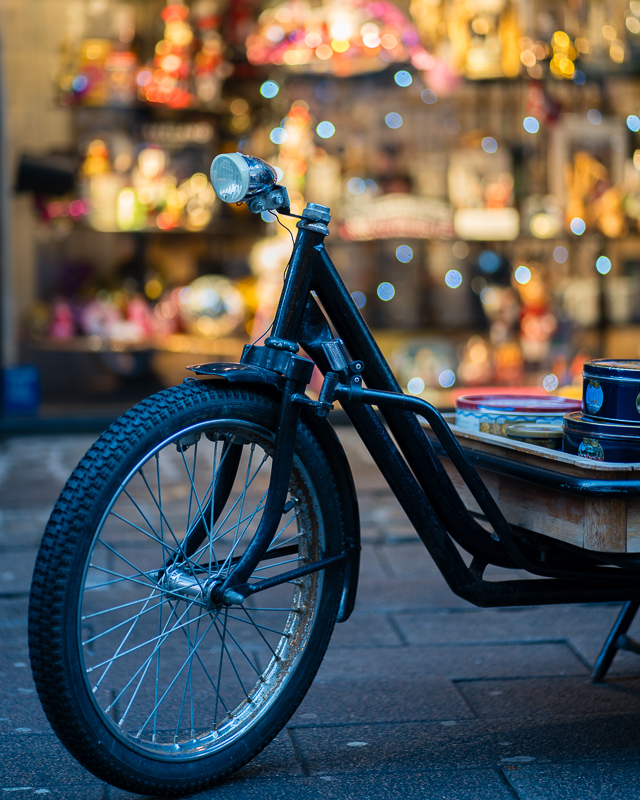

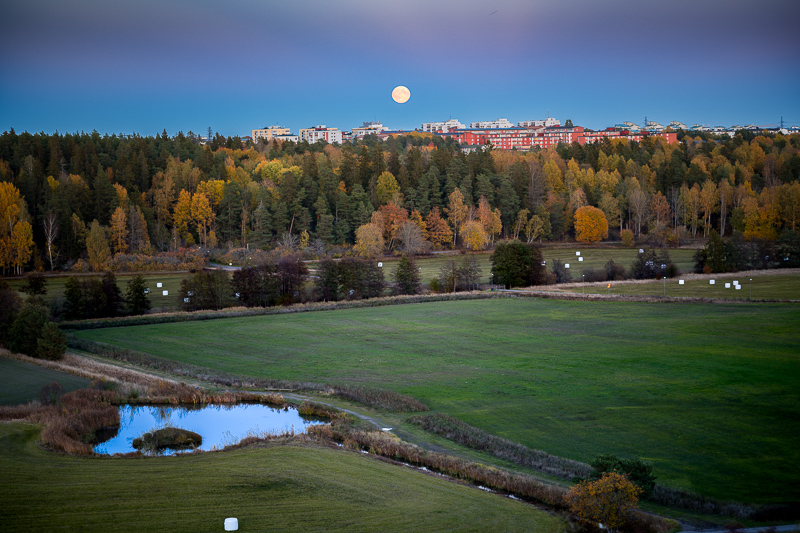
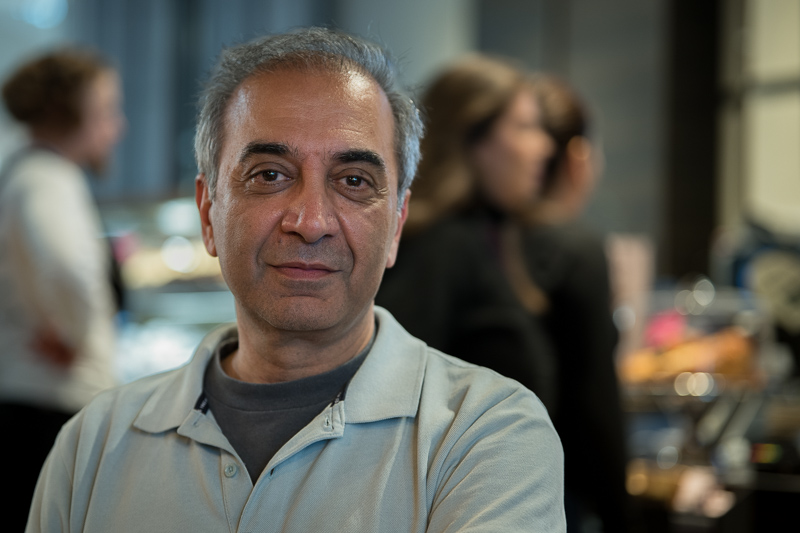

Most of the sample images in this review and many more can be found in higher resolution here.
Further Reading
- What camera gear and accessories do I use most frequently?
- Review: Nikon Nikkor Z 85mm f/1.8 S
- Review: TTArtisan AF 75mm f/2
- Review: Viltrox AF 85mm f/1.8 Z
Support Us
Did you find this article useful or did you just like reading it? It took us a lot of time and money to prepare it for you. Use the Donate button to show your appreciation!
![]()

(Donations via Paypal or bank card)
What’s in my camera bag? MY 2024 KIT!!
- Main camera : https://amzn.to/3TsGtKg
- Camera grip : https://amzn.to/4e0G3CR
- Memory Card 1: https://amzn.to/47pA20i
- Memory Card 2 : https://amzn.to/3XHYxlZ
- Camera 2 : https://amzn.to/3Xifou8
- Camera grip: https://amzn.to/4dYYpV9
- Memory card 1: https://amzn.to/4e5h2H0
- Memory card 2: https://amzn.to/3zu7W7n
- Small travel tripod: https://amzn.to/4goIX68
- Mini tripod: https://amzn.to/4e09XXX
- Small shoulder bag: https://amzn.to/47tPMiY
- Medium shoulder bag: https://amzn.to/4ej4bjY
This site contains affiliate links, for which I may receive a small commission if you purchase via the links at no additional cost to you. This helps support the creation of future content.
Martin
Latest posts by Martin (see all)
- REVIEW: 7Artisans AF 35mm f/1.8 - October 15, 2025
- REVIEW: Nikon AI Nikkor 24mm f/2 - October 12, 2025
- REVIEW: Viltrox Spark Z3 Flash - October 10, 2025

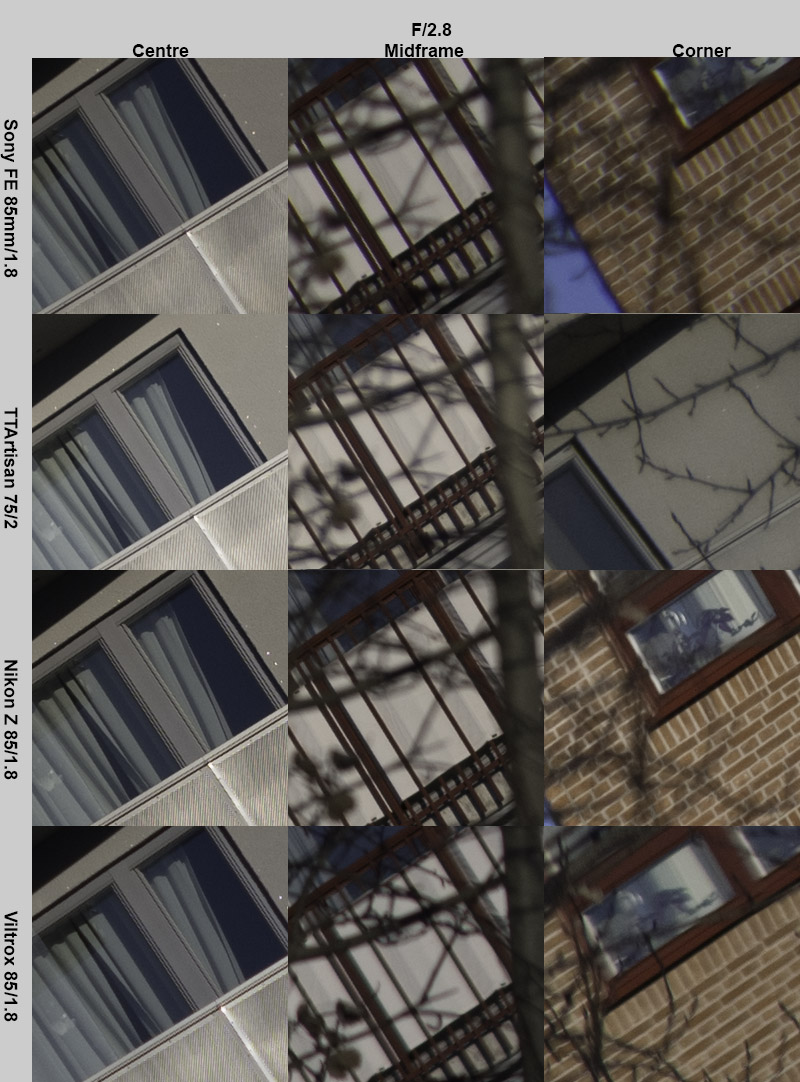
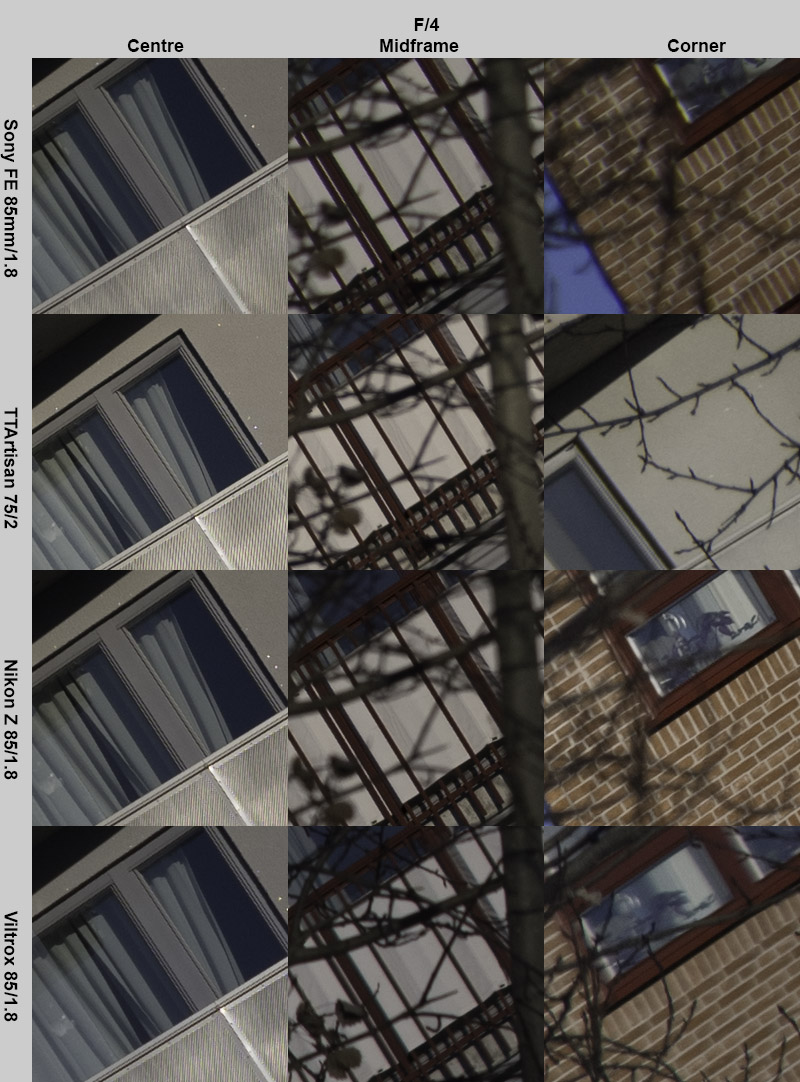
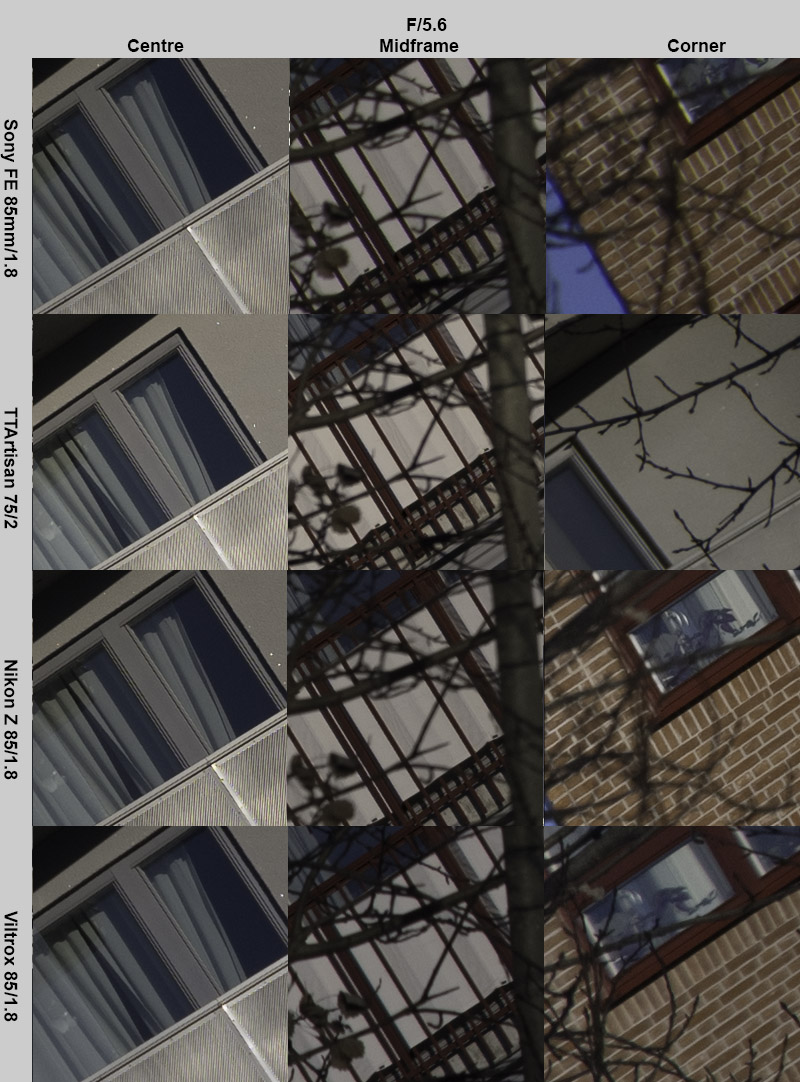
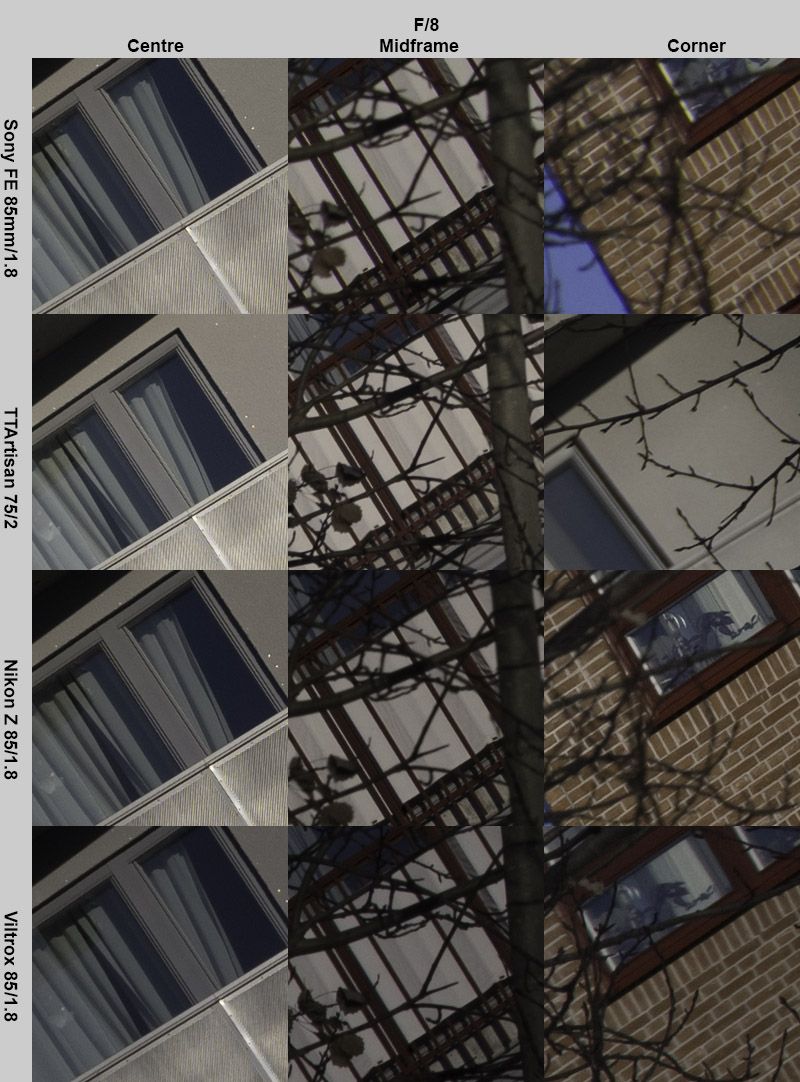
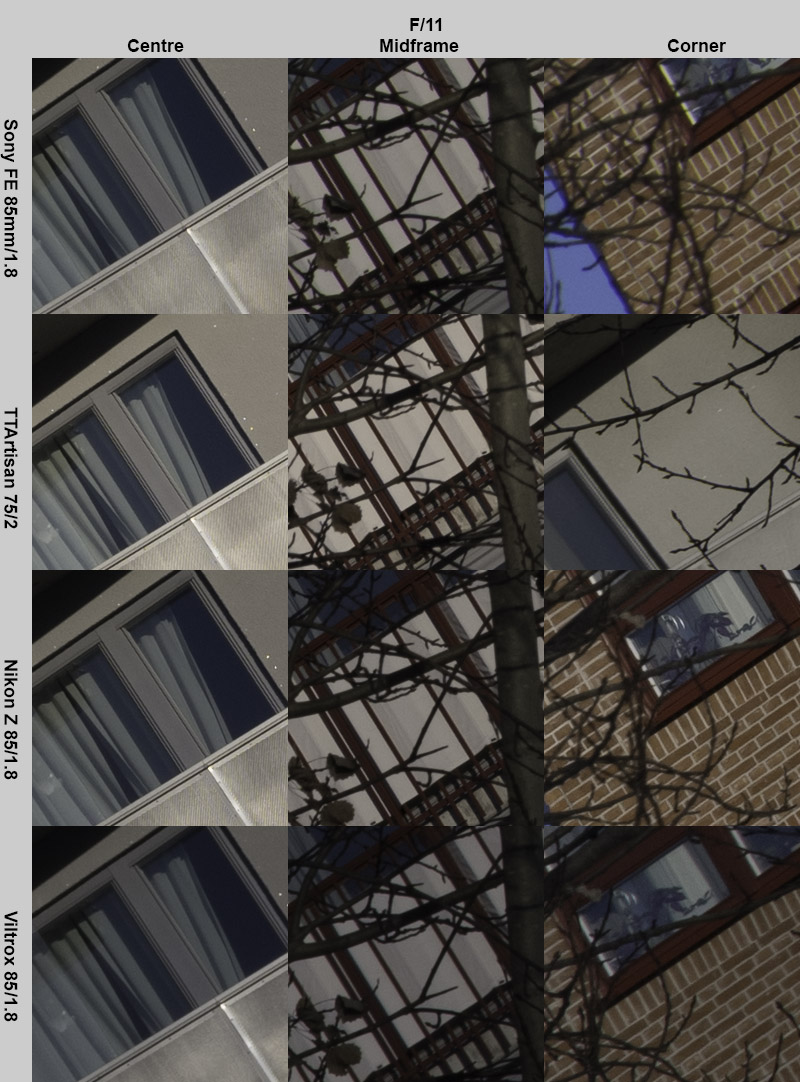
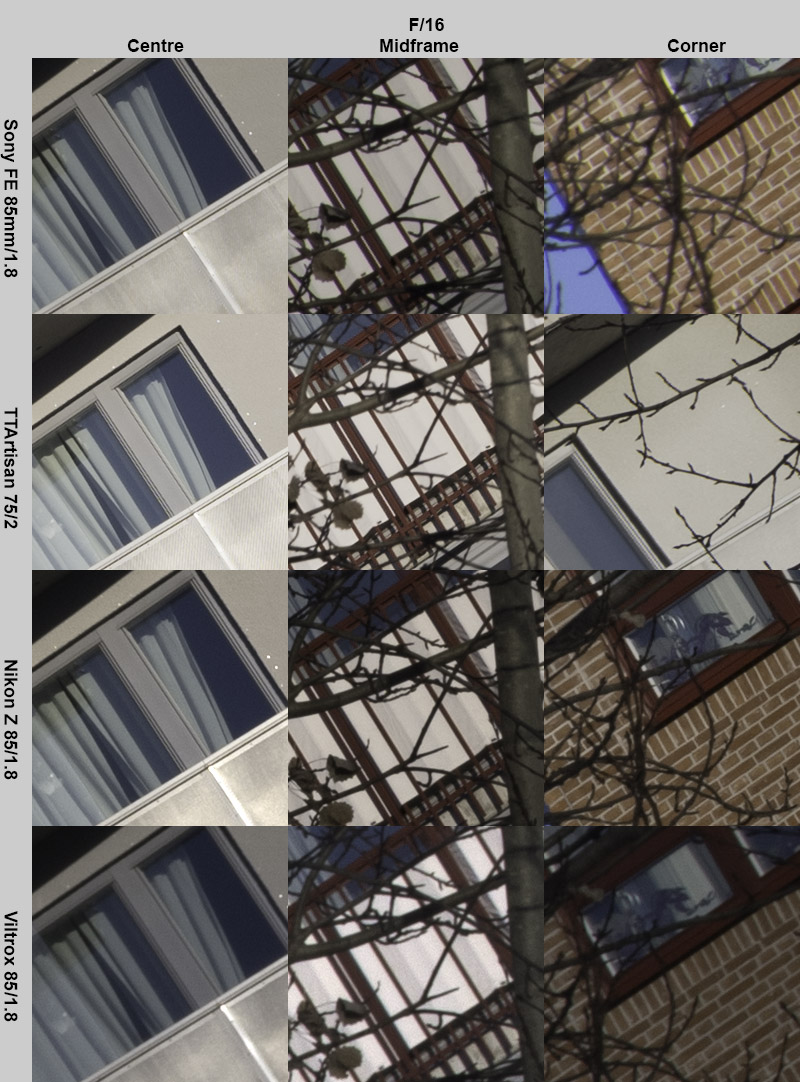

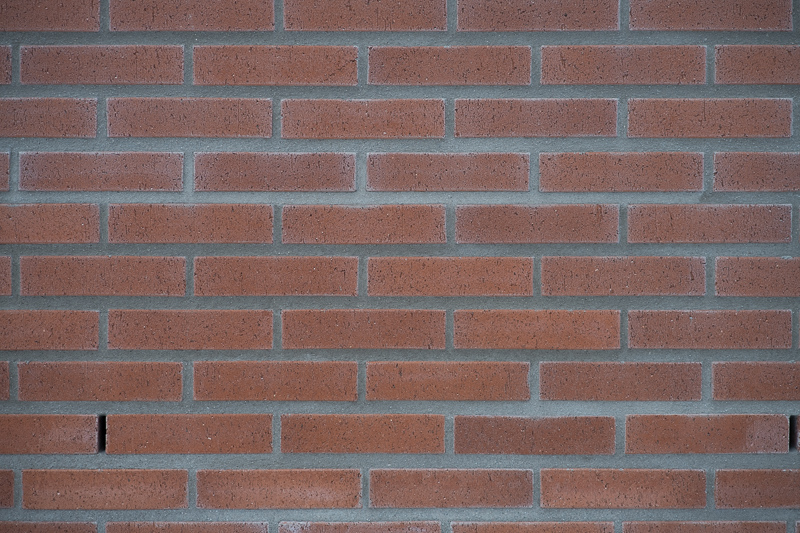
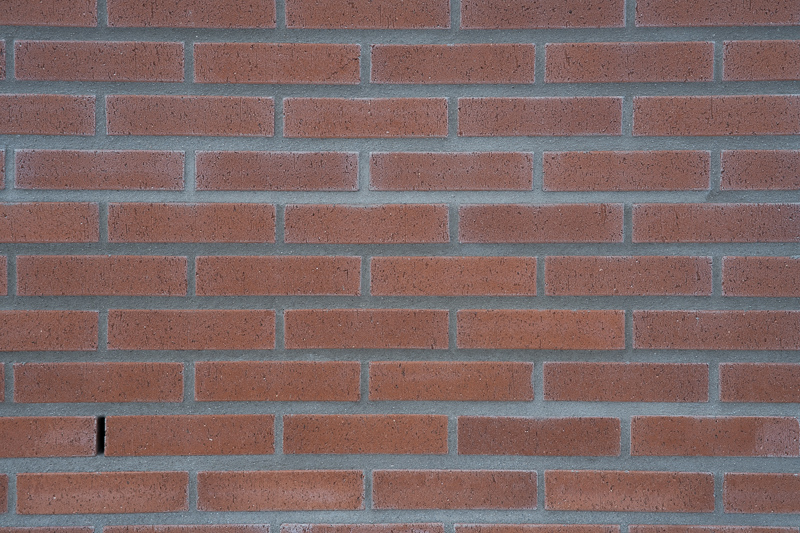
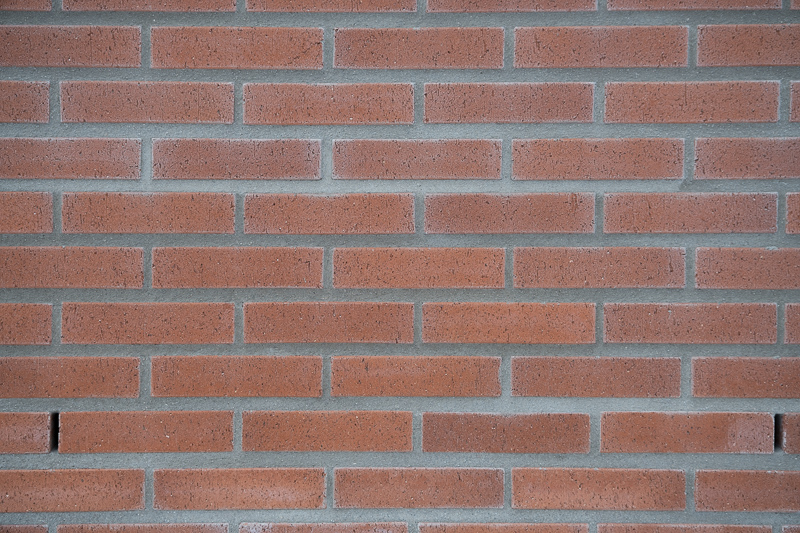
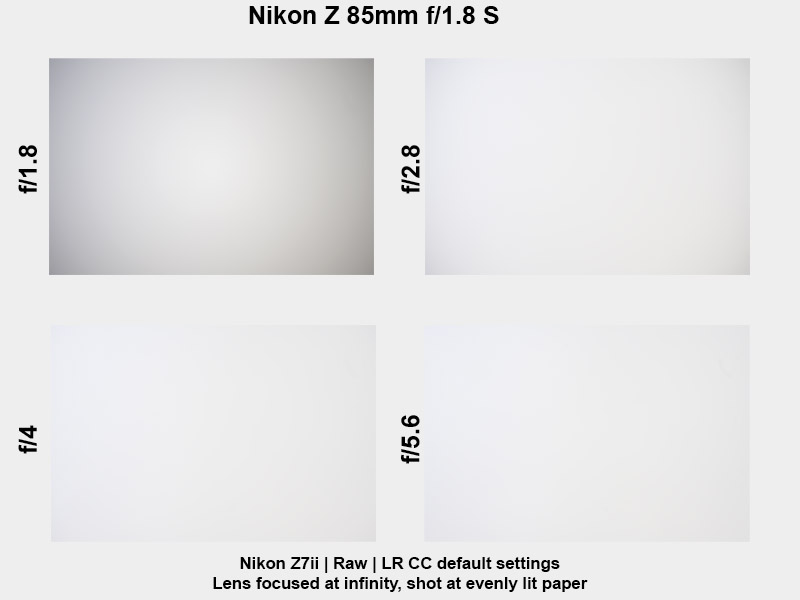
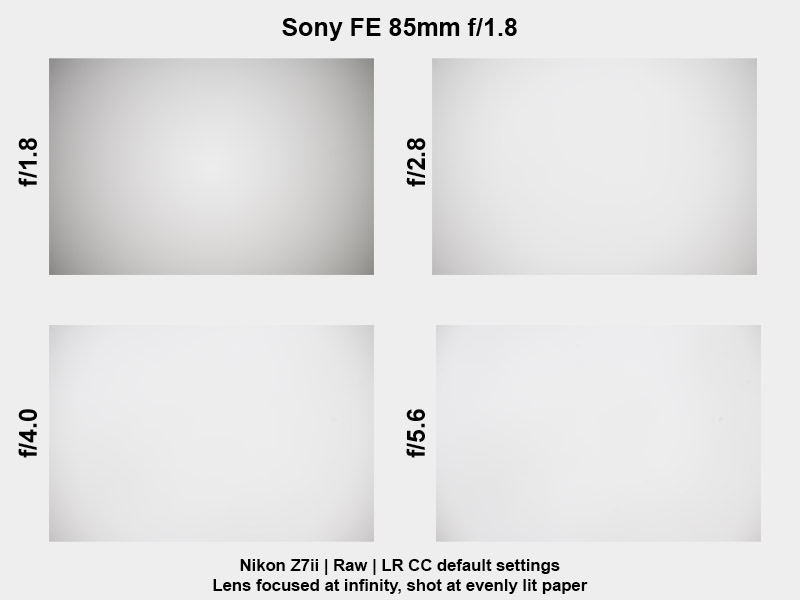
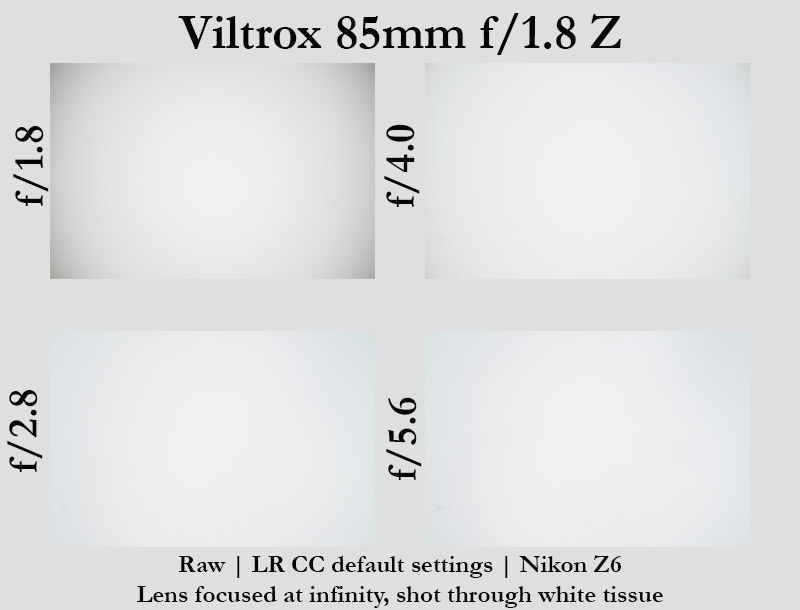
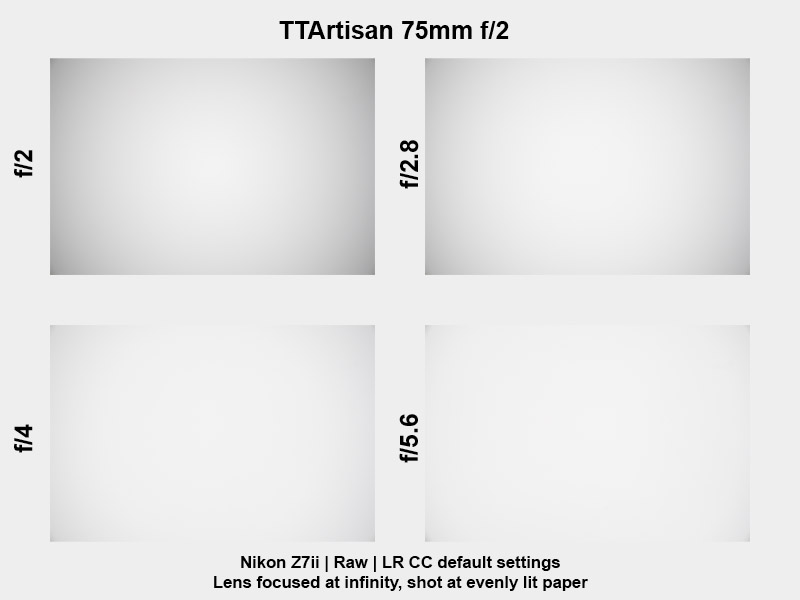
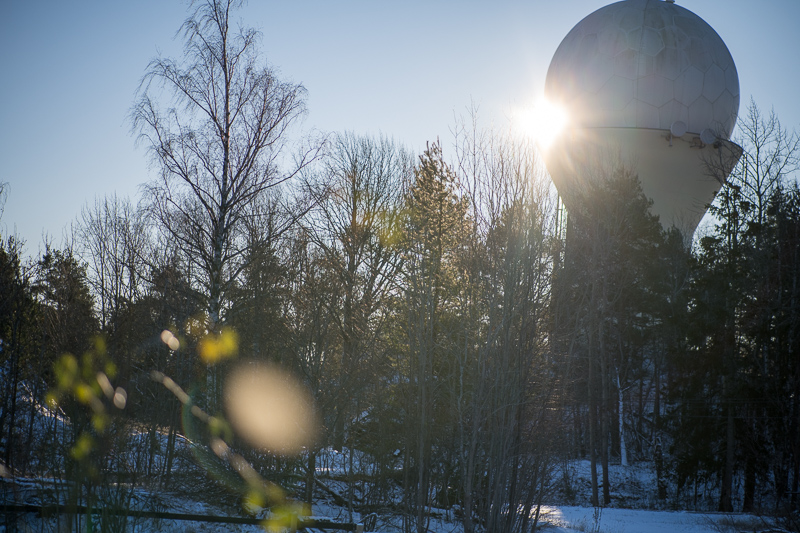
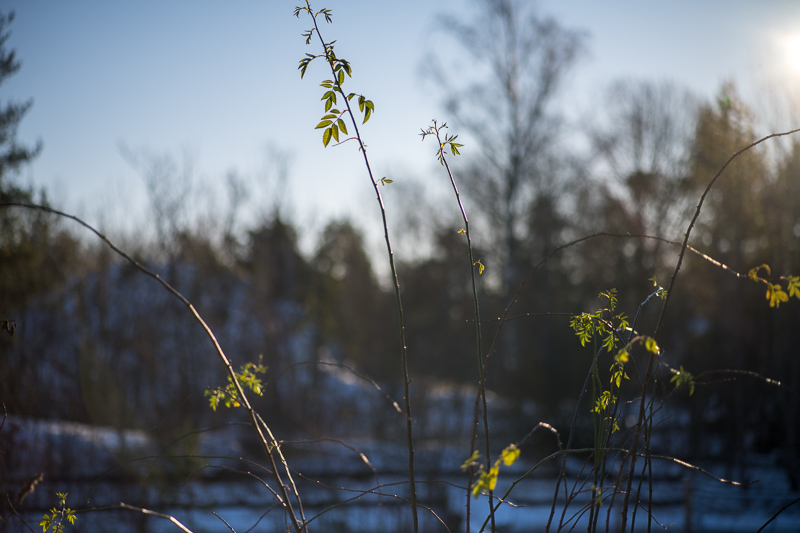
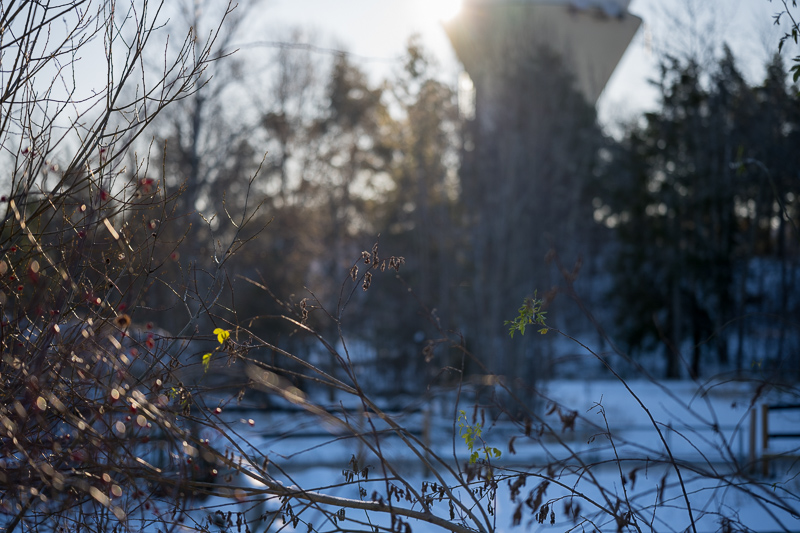
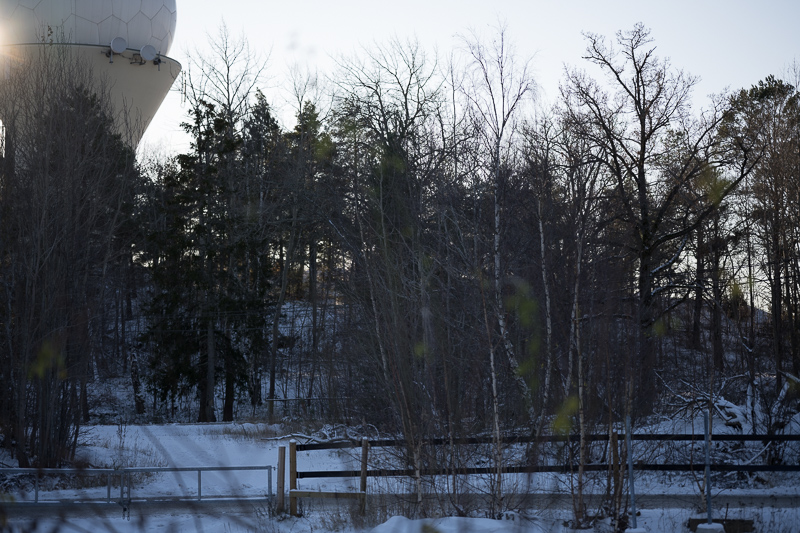
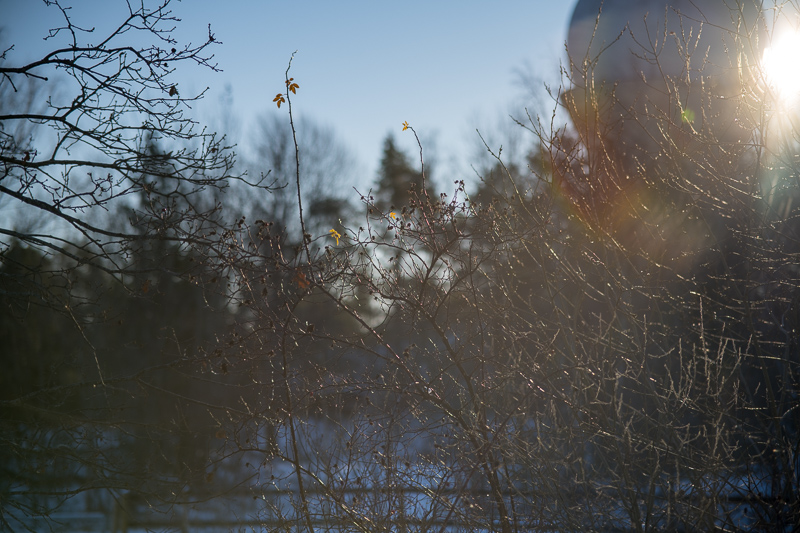
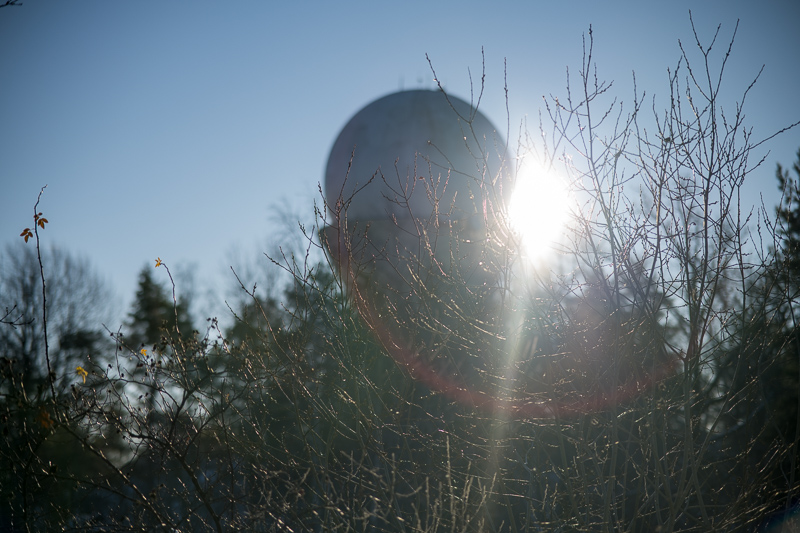
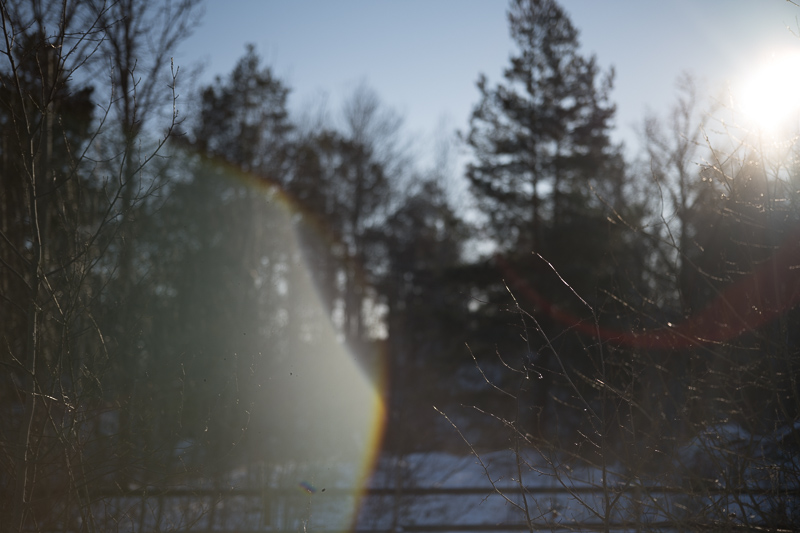
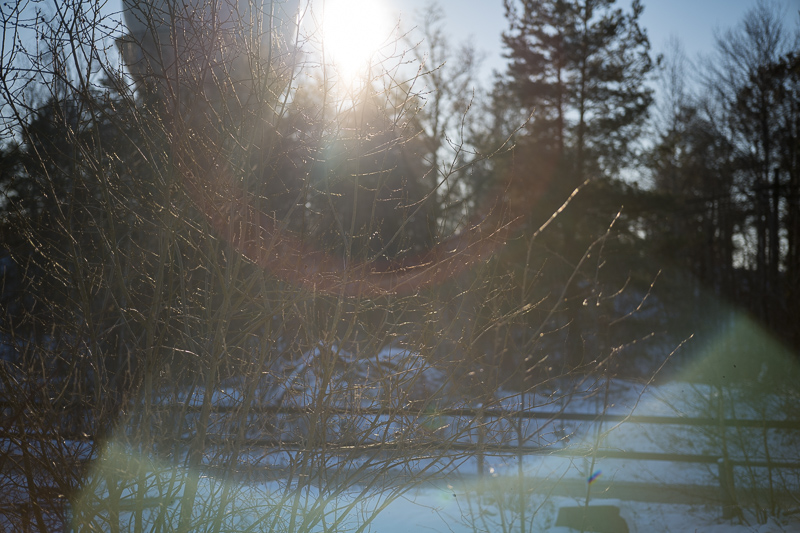
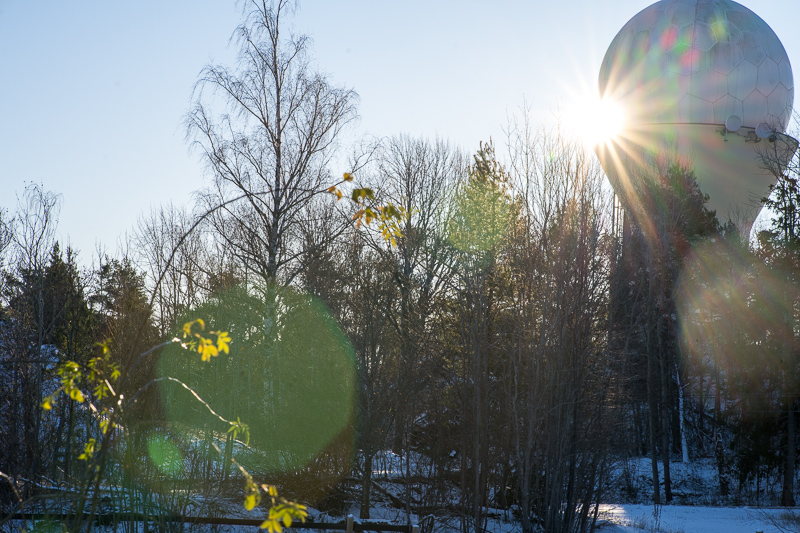
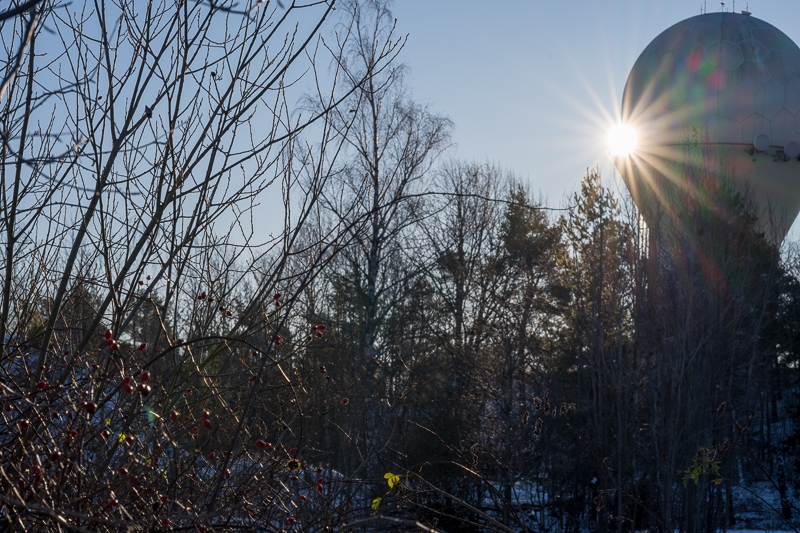
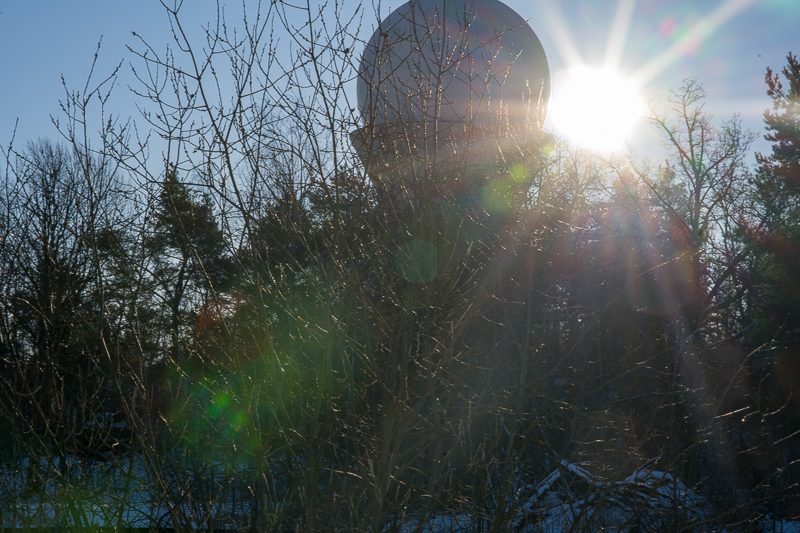
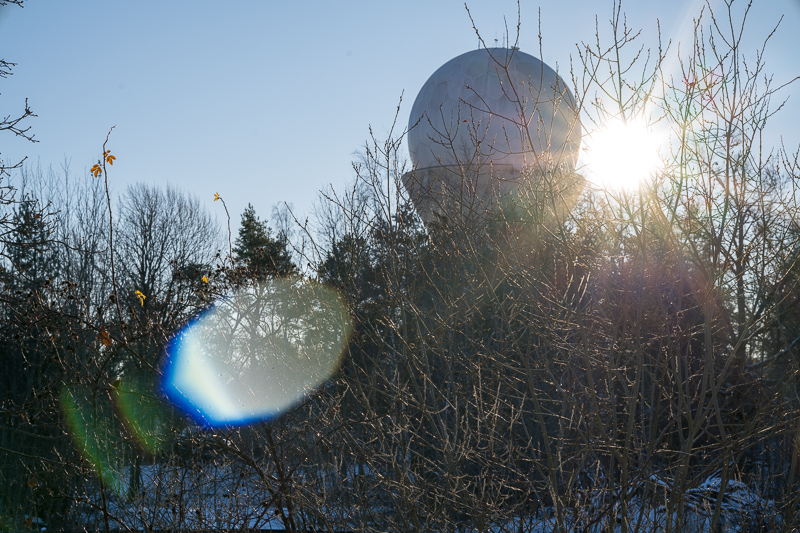
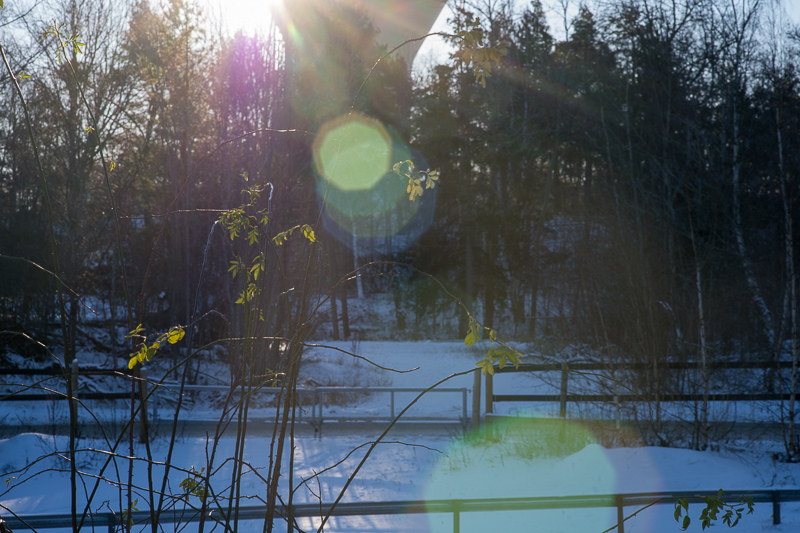
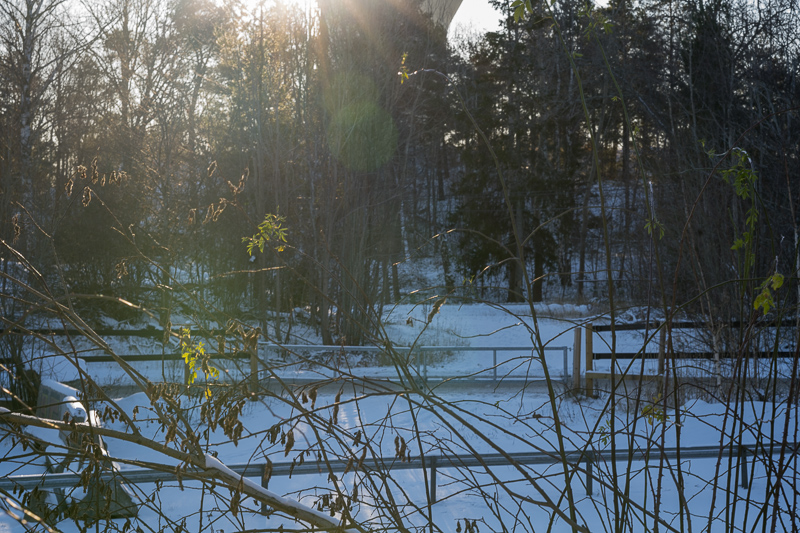
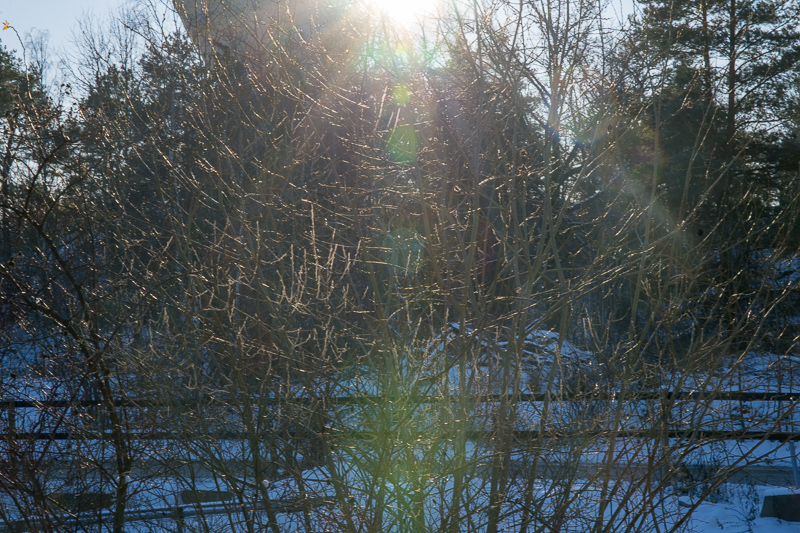
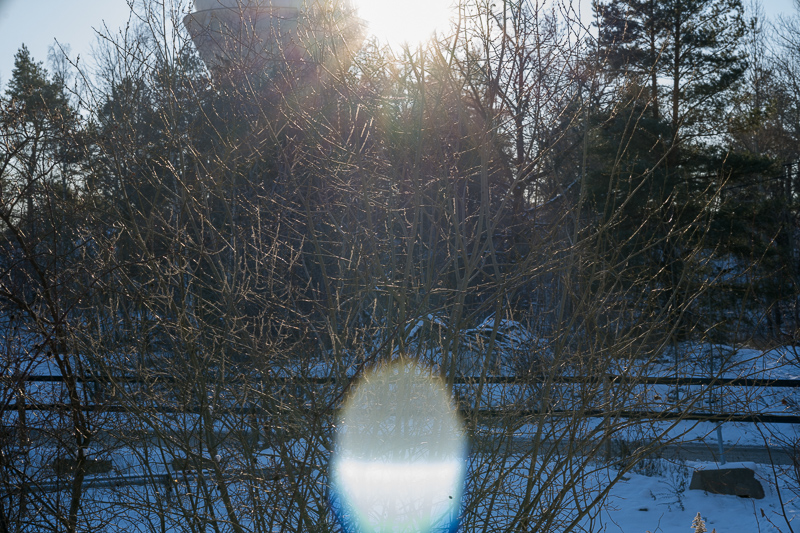
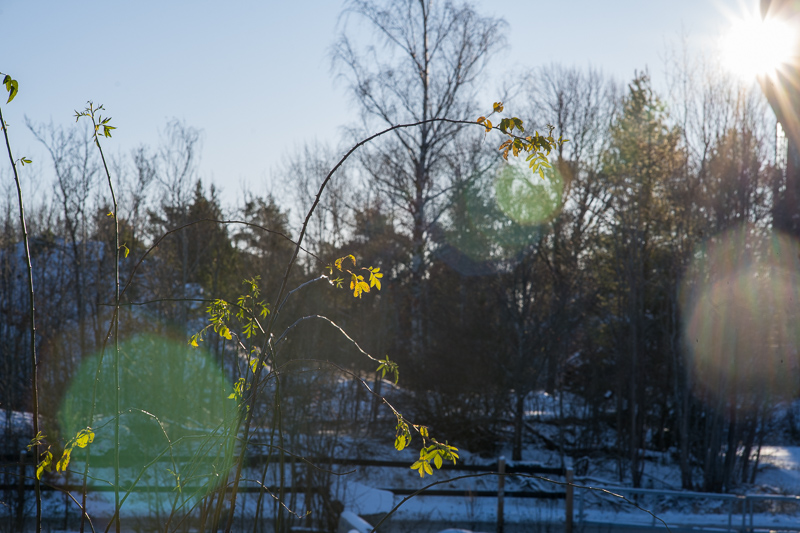
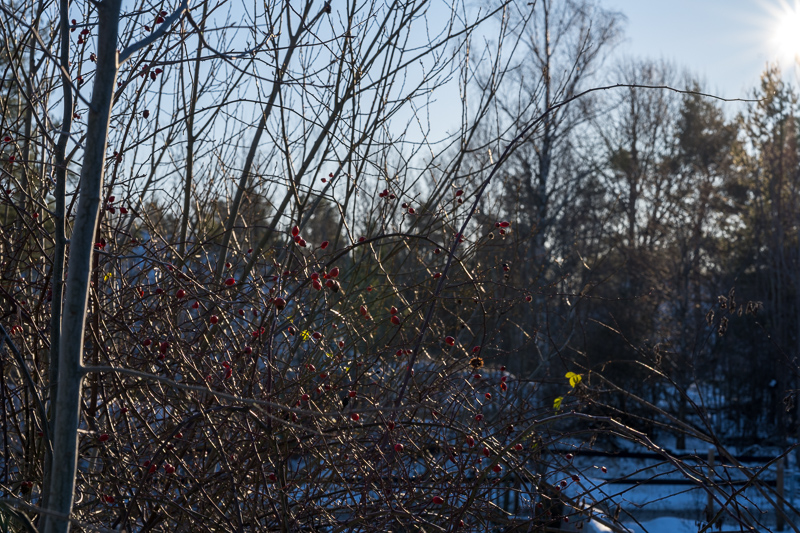
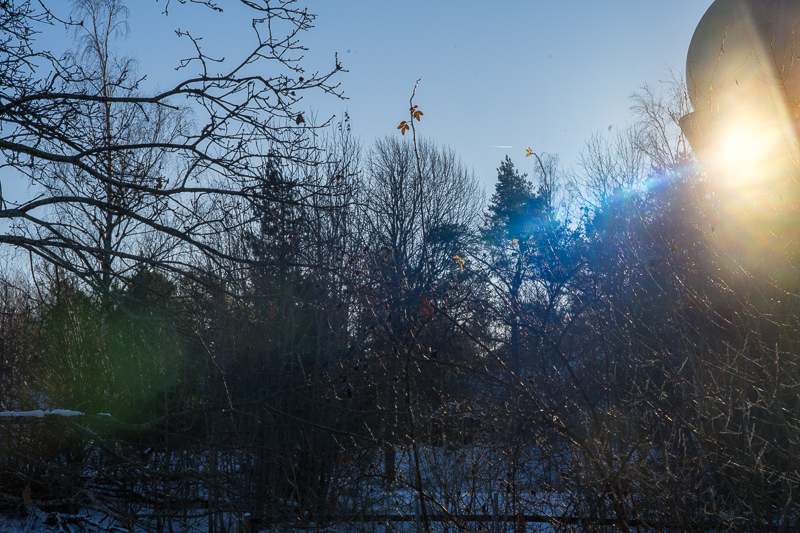
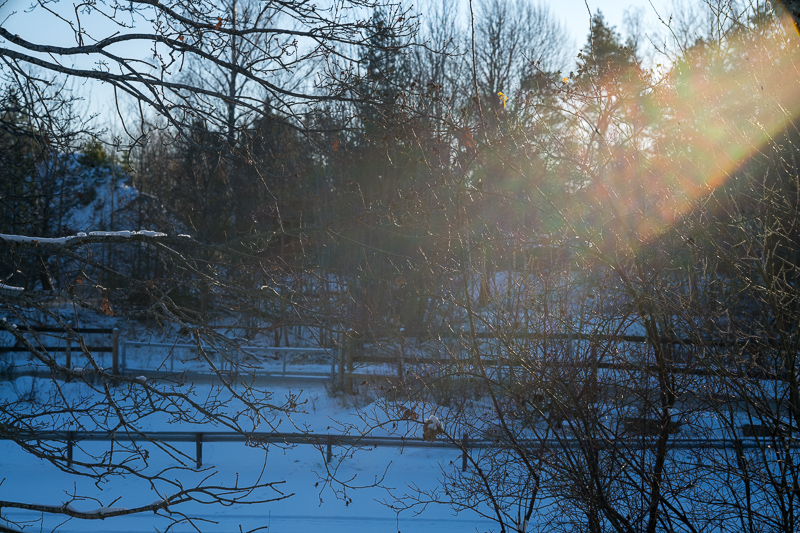
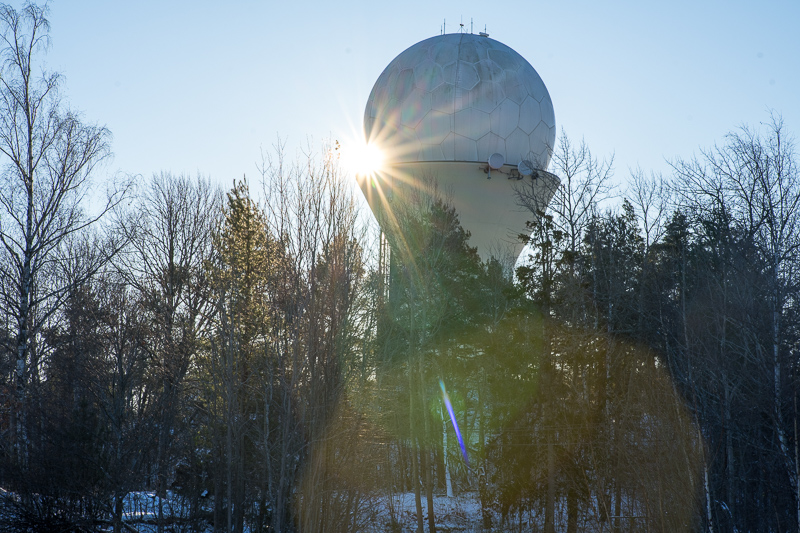
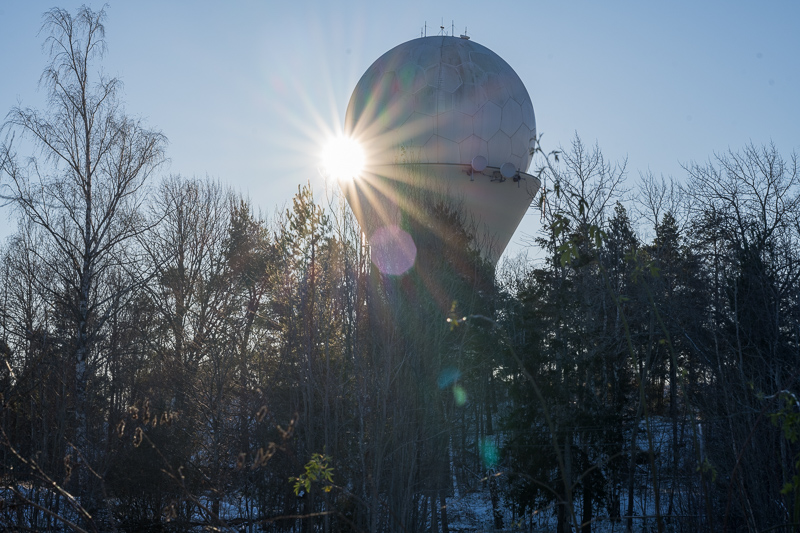
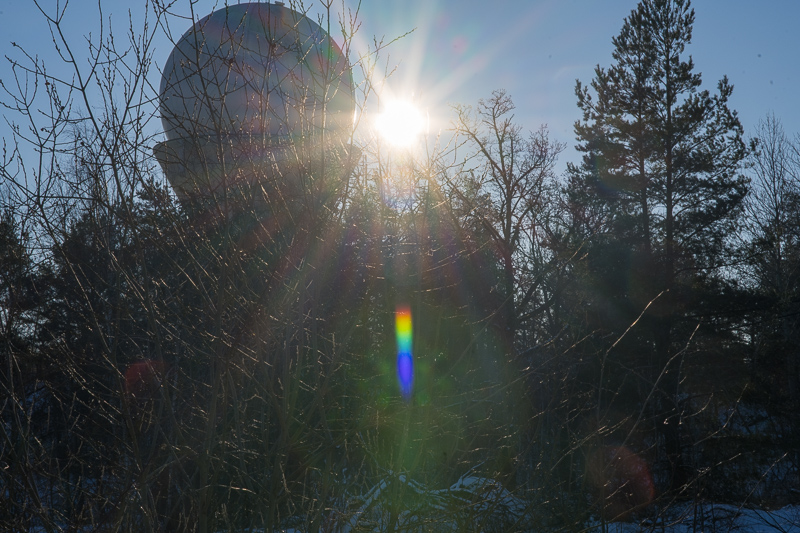
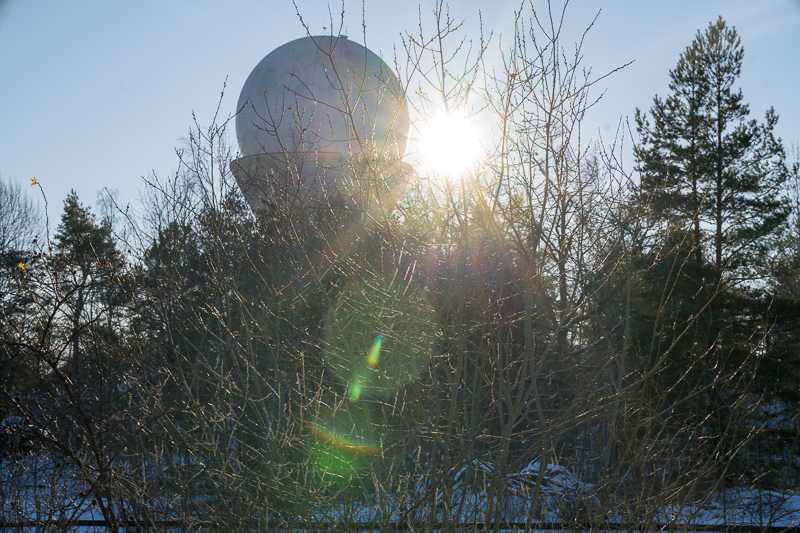
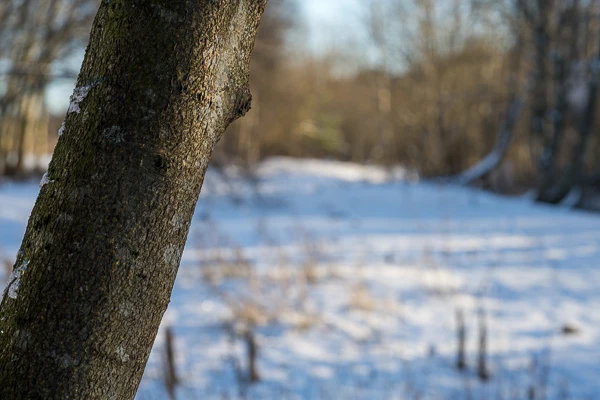
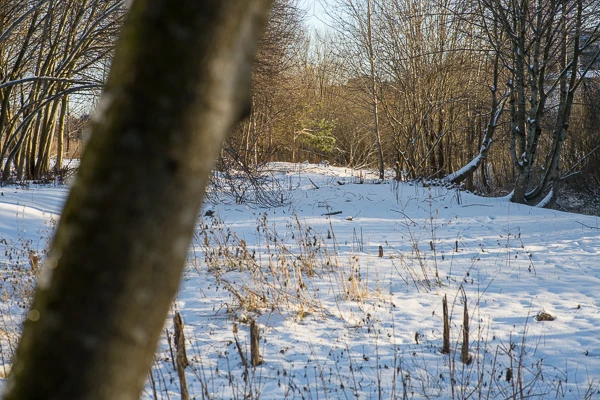
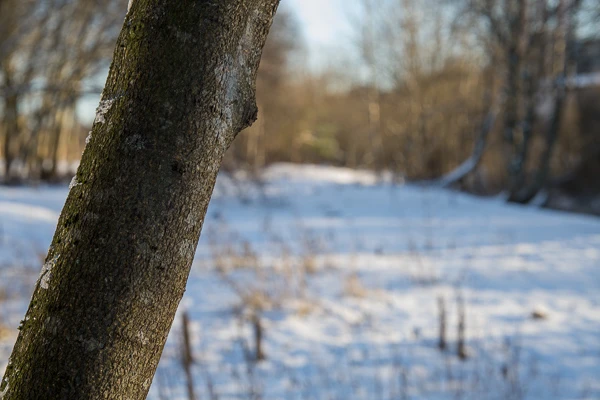
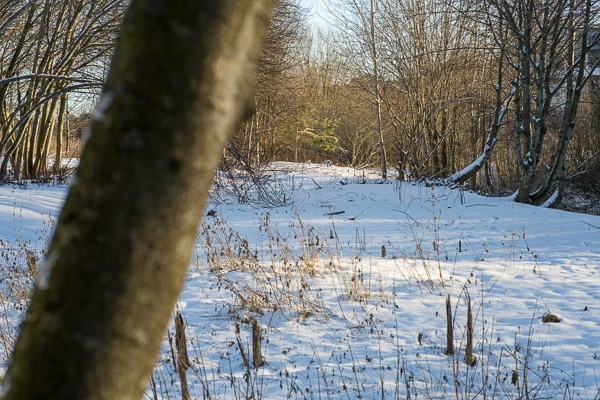
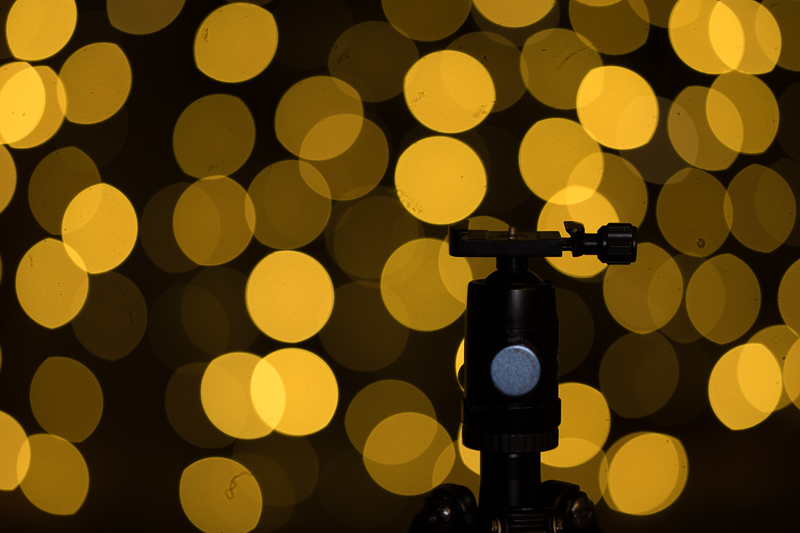
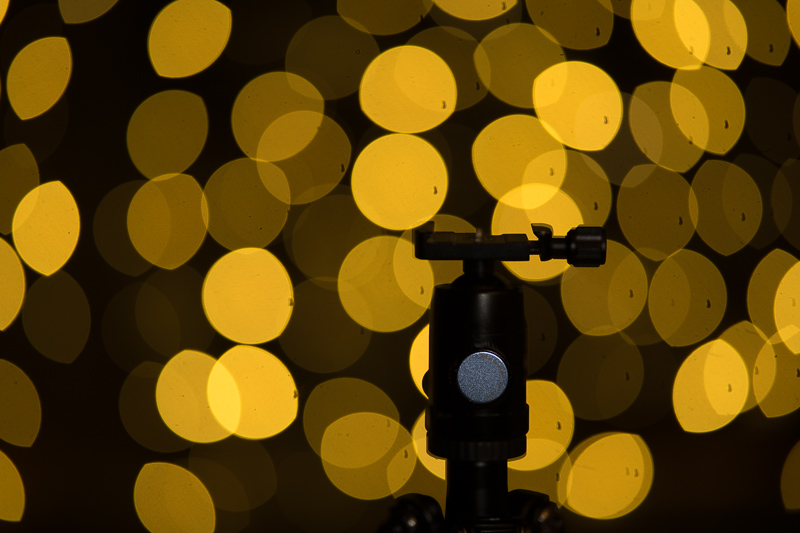
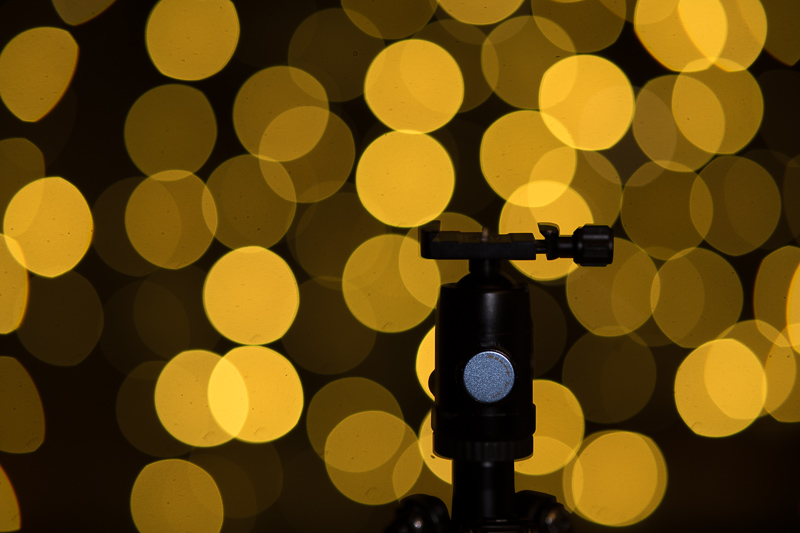
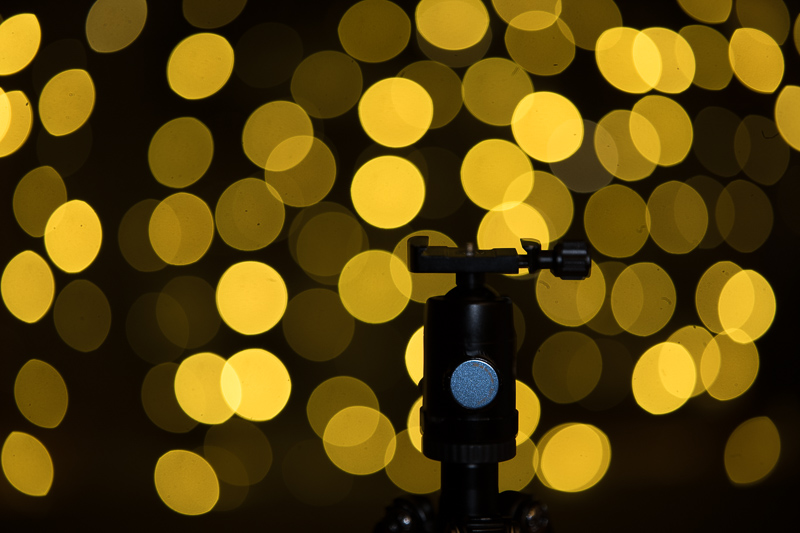
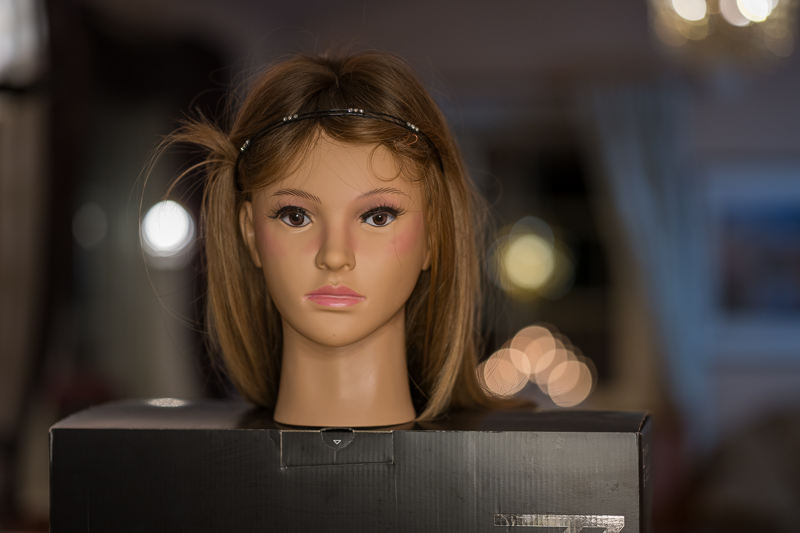
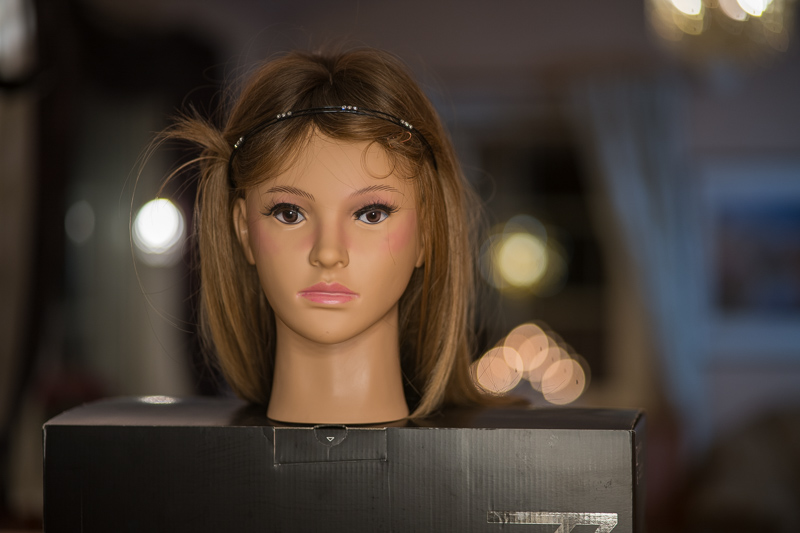
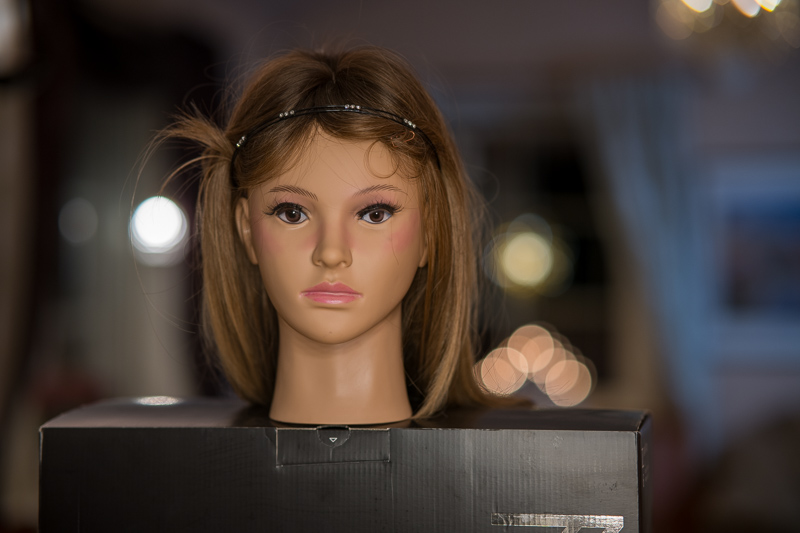

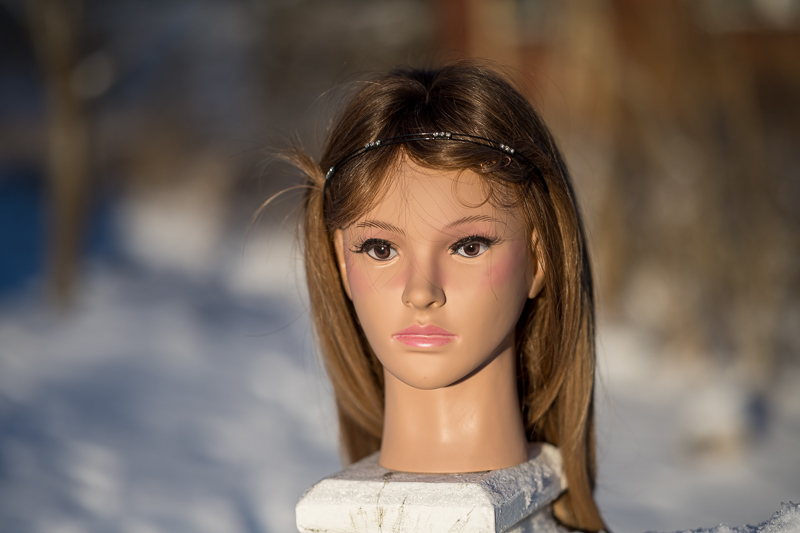
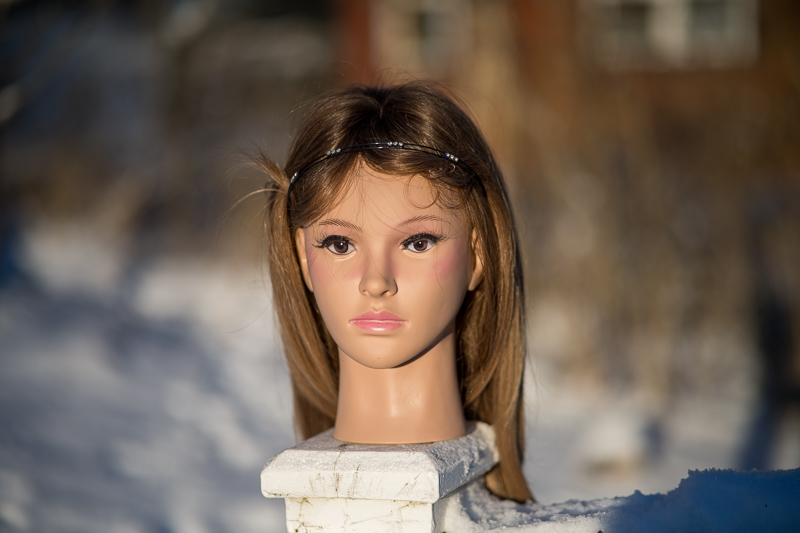
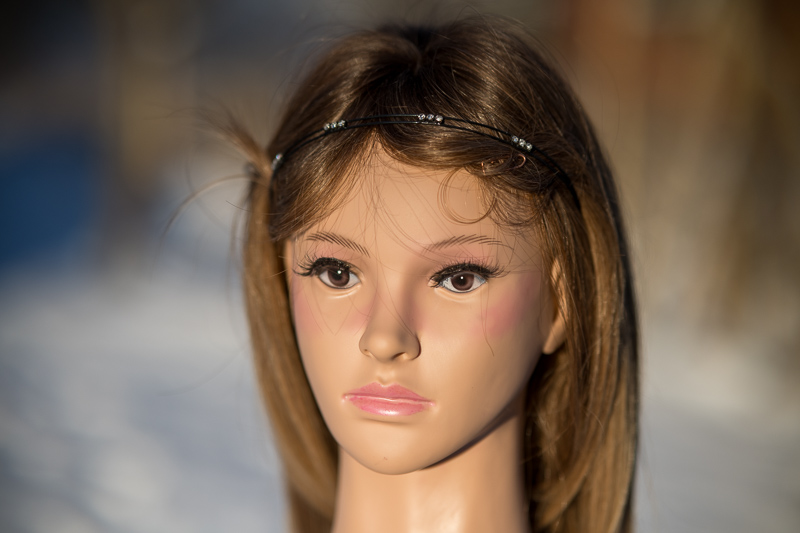
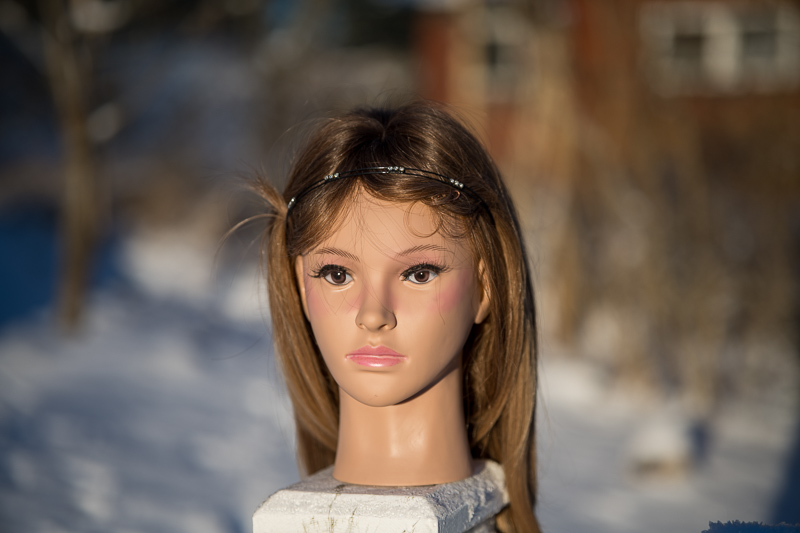
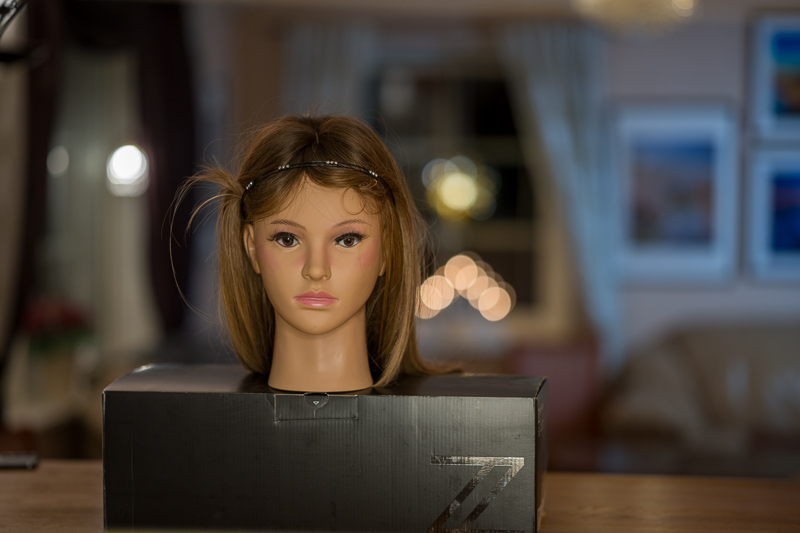
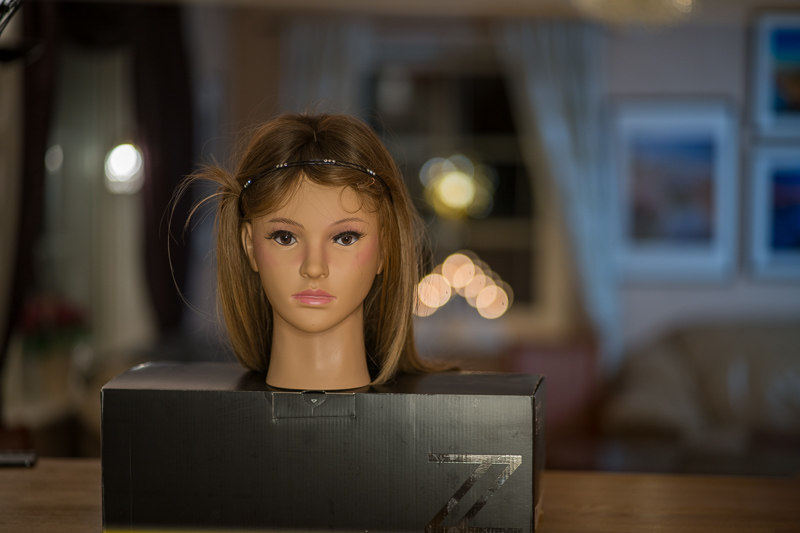
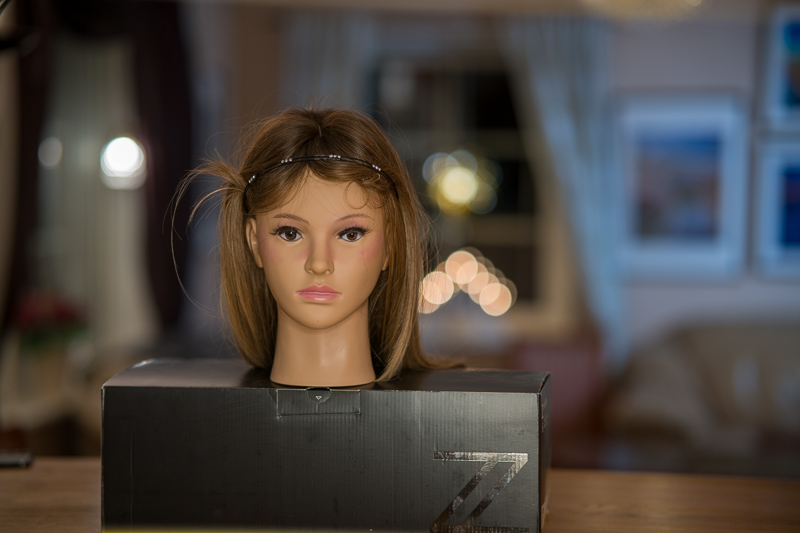
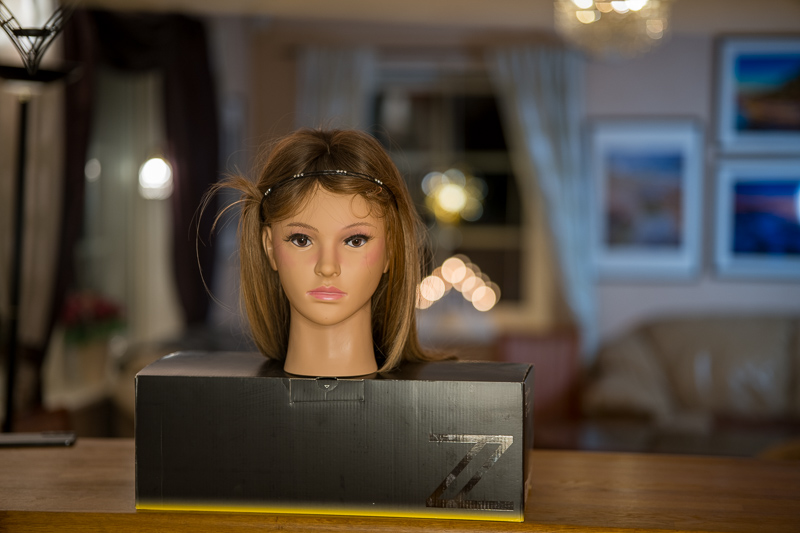
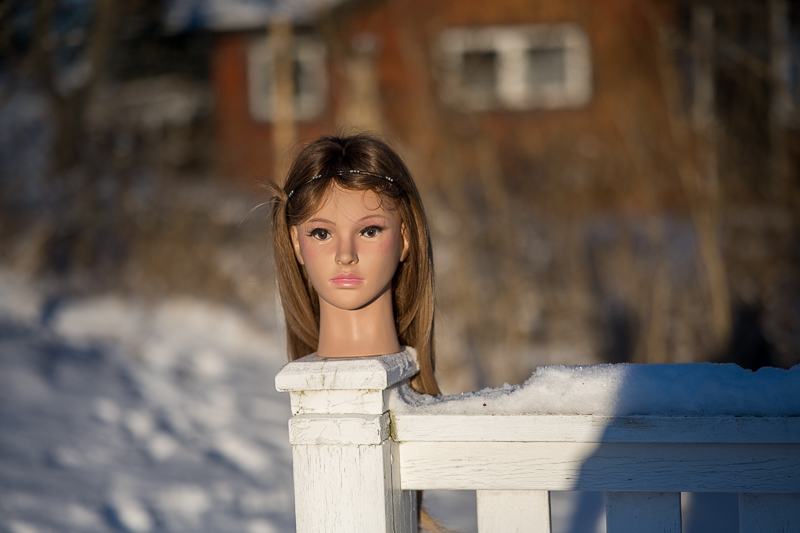
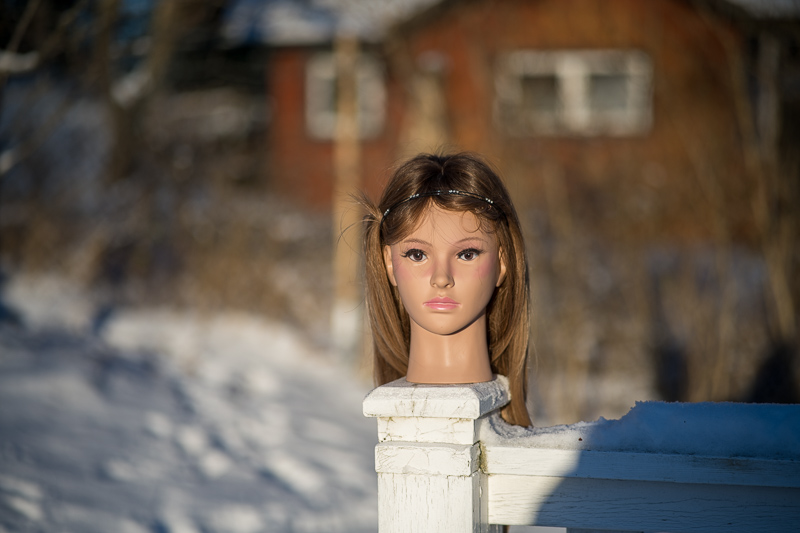
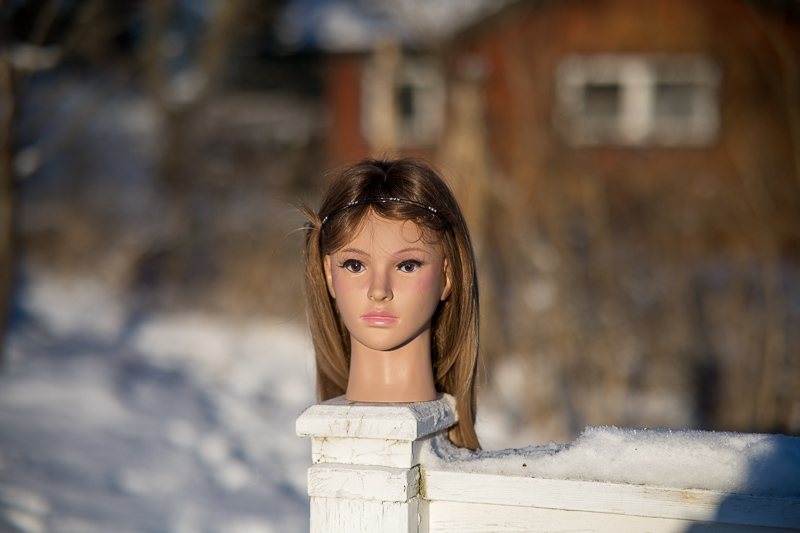





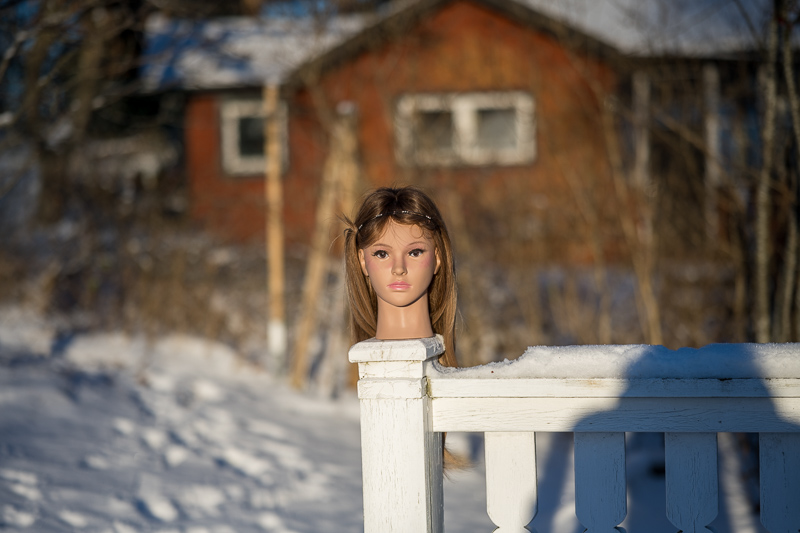

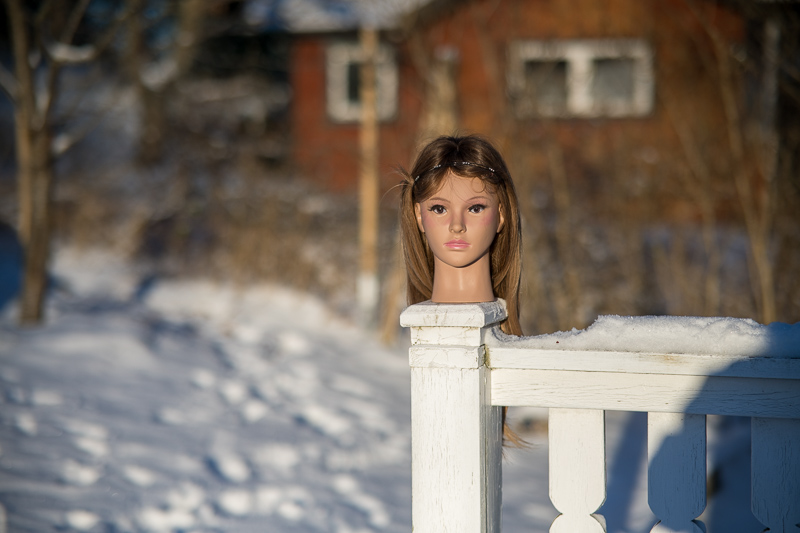
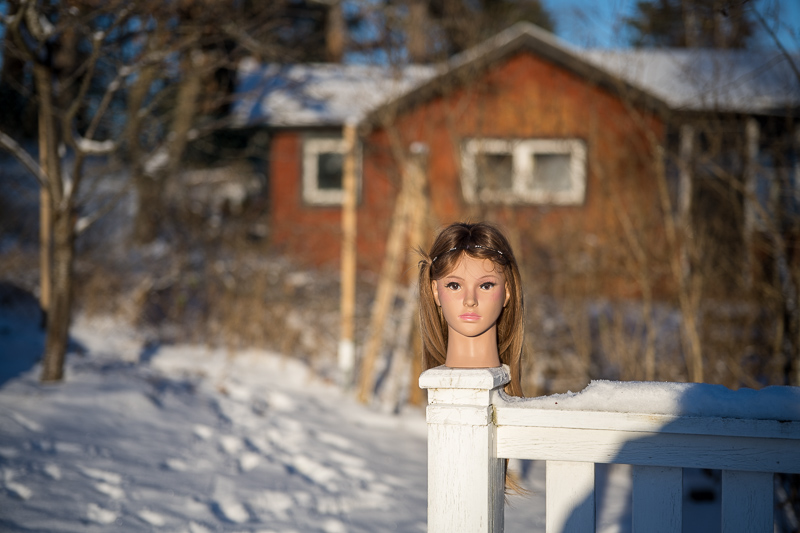
Many thanks for this comparison!
Although I sold the Z85 1.8S for the Z50 1.8S, it’s a lens that really impressed me. I have been actively using 85 1.8D and 85 1.8G for over 10 years. And most often for landscapes)). Which I generally liked better than version 1.4. But it turned out that the people I shot liked better the way they look when I use 28-58 mm focal lengths. And in landscapes, I began to actively use the Z24-70 4S first, and then the Z24-200. Which made it possible to almost completely abandon other lenses when traveling and walking.
In the end. The Z85 1.8S is as close as possible to being the ideal lens with a focal length of 85 for me.
P.S. Nikon released too good zooms with a Z mount))
P.S.S. Z50 1.8S despite the fact that it has onion rings (which is why it cannot be called an ideal object, and the curvature of the field is not perfectly smooth) in general, it is more versatile and even steeper))
Interesting test, thank you very much!
Did not really surprise me to see the Nikon winning,
I would like to see how AF on the Sony works on a Sony body.
Very often the adapters have a negative influence on AF…
On Sony bodies the FE 85/1.8 is regarded as one of the fastest focusing lenses with very good accuracy. I use it on A7III and have nothing to complain about.
Hi Martin,
Would be great if you could add two new lenses to the comparison. Meike 85mm 1.8 II Pro and 7artisans AF 85mm 1.8.
Yes, it would, but I did not have those two lenses.
Why do you not compare the Samyang 75/1.8? Against these lenses and also against the TT Artisans 75/2 in that review? Is there a major drop off in AF or sharpness?
I tested those lenses that I had or could get. I did not have access to Samyang 75, Meike 85, or 7Artisans 85.
4-way comparisons are rare as is, and these on PR are more comprehensive than the vast majority, hard to fault Martin or anyone for not making the roundup even more complicated! Personally I’m interested in that same comparison tho, even more so after seeing how the TTArtisan did here…
Extrapolating a bit I’d guess the only area where the SY might have an advantage is the stopped down corner sharpness, but most of that could be down to sample variance too. I’ve seen enough (and the TTArtisan 75/2 is cheap enough) that at some point I’ll probably just pick up the 75/2 and do my own comparison, no substitute for that eh?
Practical differences matter a lot to me tho, the aperture ring would be nice to have but I appreciate how light the Samyang is, and I wouldn’t wanna accept a regression in AF performance.
Thank you tor the test.
In this test the Sony seems worse than every other test I have seen on a Sony body except for loca.
could it be that the different sensor glass on a Nikon and Sony make the Sony look worse than normal. I have seen that with other lenses.
Best regards
David
Sony and Nikon sensor thicknesses are similar but not identical. However, the key differentiator is the angle of incidence on the sensor, which has a greater impact on wide-angle lenses than on telephoto lenses. For an 85mm lens, this difference is typically negligible.
On one hand, using the same camera makes the comparison fairer since all lenses are tested on the same sensor. On the other hand, one could argue that a Sony lens would perform better on a Sony camera and sensor. However, many third-party lens manufacturers produce the exact same lens with different mounts, and these lenses perform equally well across different camera brands. This challenges the idea that a Sony lens will necessarily perform better on a Sony camera.
Another point to consider, have you ever looked at a white wall or cloth and thought they are white until you look at the ceiling or see the cloth next to a “real” white cloth to realise what you thought was white actually wasn’t as white as you thought? If I had tested the Sony lens alone I would certainly come up to the conclusion that it was a great lens as any other great lens, as I also mentioned in the review, but when compared side by side with better lenses, and first then, you realize that the lens maybe wasn’t as great as you thought. This may also be the case for other reviews, where only that lens is tested.
I think the Sony 85/1.8 actually tends to benefit from that a lot, since when it came out there was little to no competition, doesn’t make it bad by any means, and may not explain the AF misfires, but yeah…
Exactly, and as I wrote in the article, it is a solid performer you still can get great results from, but the Nikkor in the test is just better, and in a few areas it is even beaten by cheaper third parties. Again, it does not make the Sony a bad lens, the others are just better.
Hi Martin.
Thank you for the test.
This site earlier tested the Sony 85 mm GM on the A7III and the Nikon Z6.
That test clearly shows that even the GM performs worse on a Nikon body than it does on a Sony body. I can clearly see a difference.
So as I see it it is important to note that the Sony Lens will look worse on a Nikon body than on a Sony body because of the different Sensor filter stacks.
The correct thing would be to test is on a Sony body against a Nikon body.
Also we don’t know if the 3rd party lens makers optimize their lenses for the different sensor stacks. My guess is that they probably do. At least the ones making lenses for a specific mount
Test Here: https://phillipreeve.net/blog/different-filter-stacks-and-what-they-mean-for-us-sony-e-nikon-z-leica-m-kolari-ut/#Sony_FE_85mm_14_GM-2
I think the sharpness testing is invalid if you use a E mount lens on a Z mount camera. Nikon uses different thickness sensor cover glass which makes lens performance worse. There are many examples of this. You should use a Sony camera
I’ve already answered this in another comment, please see the other comment regarding this point.
You make some assumptions there but they may or may not be true. The only way to know is if you test the lens on a Sony camera and Nikon camera side by side and show that there is no negative impact by using the Nikon camera.
We have already done that, and for an 85mm lens it hardly makes a difference.
We also have a single review of the Sony FE 85mm 1.8 on a Sony camera where it hardly looks better.
Or just accept fact that the Nikkor is superior to the Sony.
Comparing their optical diagrams it would be the greatest surprise if that wasn’t the case.
I agree I use my Sony lenses on my Nikon cameras like the Z6II and these lenses are slightly softer than on my Sony cameras, maybe it’s because of the AA filter but the difference is real.
It is because of the AA filter. Z6 series and Zf have very strong AA filters compared to Sony.
Did you leave out the Zeiss Batis 85/1.8? Since this is the 85/1.8 I own, I would prefer it to the four you tested.
Well, I didn’t have it and could not find anybody who was willing to lend it to me.
We have reviewed the Batis 85mm though
https://phillipreeve.net/blog/zeiss-batis-sonnar-t-85mm-f1-8-a-review/